|
Just before 7am Madrid time, we were checking our luggage in at Madrid-Barajas Airport. Qatar Airways was taking us on both the Madrid to Doha, and the Doha to Sydney flights. For our Madrid to Doha flight, we were in a Boeing 777. You might remember that when we landed in Milan for the beginning of our pilgrimage, a flight attendant gave this neck pillow into my keeping since it obviously belonged to an Australian pilgrim. Despite sending up flares on social media, and making other enquiries, its ownership was still unknown. I had hoped that someone would have claimed it at the Australian gathering in Lisbon, but no. Yet waiting in the lounge at Madrid airport the connection was made. This pilgrim was a helper with the White bus; and had elected to do his European sight-seeing before meeting up with the White bus pilgrims in Lisbon. Since he had already ordered an exact replacement of his missing neck pillow, he graciously bestowed it on me. You can’t make these things up! Going through the indoor tropical garden at Doha airport to find food. I ended up choosing sweet and sour fish with rice. Despite longingly looking up at the elevated driver-less people-mover monorail both times we were at Doha airport, my fellow pilgrims elected to do the 15-minute walk between where we landed and where the second flight was departing from. Yay! Thanks be to God. Just before 5pm on 12 Aug we were back home on ‘terra firma’, at Sydney International Airport, Mascot. We landed 10 minutes after the pilgrim flights from Paris. The pilgrims who flew home from Lisbon arrived in Sydney on 11 Aug. From a straw poll of pilgrims, the average length of sleep that first night home was 14 hours. All of us are slowly recovering from jetlag and exhaustion. We’ve been told to expect it to take two weeks to get back into normal sleep rhythms again. Please pray that all the seeds of grace placed by God in pilgrim hearts over these three-and-a-bit weeks will, in His timing, yield an abundant harvest. Amen. Vincent Cavanagh #bbwyd #wydlisbon #wyd2023 #lisboa2023 15 Aug 2023, 9.32pm Sydney
0 Comments
After travelling all day from Fatima to a hotel close to Madrid airport we thought that Mass was out of the question. But God had a surprise for us. Our most resourceful seminarian just happened to know the dean of Madrid cathedral: and learned that in the months of July and August there is an 8pm Mass on weekdays. So off we went. We approached the Cathedral by this side entrance, which is quite small compared with the rest of the Cathedral. While the need for this Cathedral in Madrid was known for centuries it has only comparatively recently been built. Taking 110 years to build, it was consecrated on 15 Jun 1993 by Pope St John Paul II. The cathedral has one main nave, with two side naves; and three transepts off the main nave to give it the form of a Latin Cross. Our Mass was in the right-hand side nave dedicated to Our Lady of Almundena, or as we would call it, Our Lady of the Citadel. Under this title Mary, Mother of Jesus, is best known and loved by the Spanish people because the original statue has stories of miracles attached to it. The Christians of 8th century Madrid had deep devotion to Mary, Mother of God, and when the area was invaded by the moors, this statue was hidden to prevent its destruction. It lay hidden for some 300 years before a Christian king came along and demanded it be found. Although the secret location had been passed down from family to family, by the time this Christian king came on the scene the holder of the secret had just died without telling her young daughter where it was. After much prayer a miracle happened, part of the castle wall crumbled to reveal the statue. The patterns in this roof are very colourful and look a lot like palm fronds to me. Behind the priest with the white shirt is a reliquary box encased in glass. Inside the reliquary box are the remains of St Isidore the Farmer, patron of Madrid, who died on 15 May 1130. Although sometimes he is called St Isidore the Labourer. He and his wife St Maria belong to that rare breed of married Saints. They had a son who died in his youth. Not that holiness is limited to consecrated life, nor to martyrs; and not that holiness in married life is uncommon; but it is a lot easier for religious orders to keep a cause for canonization going through several lifetimes of postulators. What makes St Isidore the farmer so special? He put God and prayer first. He would go to Mass each morning before work. At least once when his fellow workers complained that he wasn’t working, they found him deep in prayer, and an angel ploughing the fields in his stead. St Isidore is also known for his kindness towards animals, and for the hospitality of his home. Frequently St Isidore would bring hungry people home, and his holy wife always had a pot of stew on the fire waiting for them, and once when St Isidore brought home far more hungry people than usual God multiplied the food for them. On the far left-hand side is the statue of St Isidore the Farmer, and on the far right-hand side is the statue of his wife St Maria. The painted panel on the left-hand side is an icon of Pentecost. The painted panel on the right-hand side is an icon of the Baptism of Jesus. The golden statue underneath the carved crucifixion scene is the 16th century copy of the original statue. From the book of Revelation are the details taken; a woman clothed with the sun, with the moon at her feet, and on her head a crown of 12 stars, whose son was to rule all the nations. In the other painted panels around the Virgin of Almundena are scenes from the life of Jesus and the life of Mary. This tomb belongs to Queen Maria of Spain, a.k.a. Mercedes of Orleans, 1860-1878. In her brief 6 months as Queen before her death she became a co-initiator of the building of this cathedral. Because the cathedral is a short distance away from the royal palace, the cathedral is the Spanish equivalent of Westminster Abbey for major royal weddings and funerals. On pilgrimage the meals we had to locate for ourselves became known as either adventure lunches or adventure dinners because we had no idea where we were going, nor any idea what kind of food we would find. Thankfully it was easier to find gelato. What better way to end the evening than gelato? This time I chose two scoops of gelato, one Coconut and the other Bailey’s Coffee Flavour. Since we had to be ready for breakfast at 5.30am the next morning, and a 6am departure for the airport, after the gelato we made our way back to the hotel. Vincent Cavanagh #bbwyd #wydlisbon #wyd2023 #lisboa2023 11 Aug 2023, 12.30am Spain | 11 Aug 2023, 8.30am Sydney On our final afternoon and evening in Fátima we had a group session followed by Mass and then our last group session. These big group sessions, which contained some small group conversations, were designed to help us begin the internal processing of all that we had received on pilgrimage, before we return to our regular lives at home. After that all 4 bus groups gathered for a final dinner together. From here on we go in four different directions: some go back to Lisbon and catch homeward bound flights from there; some go by coach to Paris and catch homeward bound flights from there; some go by coach to Madrid and catch homeward bound flights from there; and some adult pilgrims continue to explore Europe with family and friends before coming home. This lovely statue caught my eye. It stands behind the reception desk at the Consolata Hotel in Fátima. Of course, everyone wanted the evening to last as long as possible before we went our separate ways. So the Green Bus members decided after that final dinner there was a necessity to go looking for gelato. Thankfully I got to this landmark before the rest of the gelato-seekers arrived. Getting a photo of it without pilgrims draped all over it is a bit of a win. If you look carefully through the pilgrim bodies, you can make out the contours of that landmark. Because our coach to Madrid wasn’t leaving until 9.30am, there was time for Morning Prayer and some silent prayer in the smaller of the two Consolata Hotel chapels. After studying maps before leaving home, it looked like we’d be coming into Madrid via Toledo. But to my surprise we actually came into Madrid via Salamanca. Perhaps the bus and truck fuel and food facilities on that route were better, because they were sure crowded. On the map the red marker is Fatima, the blue circle is our coach about to cross the Portugal-Spain border, and Madrid is like one of those places that all roads lead to. It was a 10-hour journey. Vincent Cavanagh #bbwyd #wydlisbon #wyd2023 #lisboa2023 15 Aug 2023, 10.58pm Sydney Meet Claudia. She took us for tours through both the basilicas and through the grounds of the Sanctuary of Fátima on the morning of 9 Aug. This is the largest piece of the Berlin Wall outside of Germany. It was bought by a Portuguese man who offered it to the Sanctuary of Fátima not long after the Berlin Wall came down in 1989. From 13 Aug 1961 until 9 Nov 1989 a large concrete wall separated West Germany and West Berlin from East Germany and East Berlin, with security checkpoints for those passing from western to communist sides and vice versa. On 12 May 1991, St Pope John Paul II visited Fatima, and his words during that visit have been engraved on a plaque near this portion of the Berlin Wall. A rough translation goes like this: Thank you, Heavenly Shepherdess, for having with maternal affection provided this liberation. We paused in front of this large crucifix by a German sculptor, where our bishop gave us a short talk on the differences between Religious Monumental Art – of which this crucifix is an example – and Religious Devotional Art – such as the paintings just viewed in the Basilica of Our Lady of the Rosary. At first this crucifix is a bit confronting because of how stark and simplistic it is. However its scale is in proportion to the new basilica, and it can be seen from just about everywhere in the Fátima sanctuary precinct, so after a while your heart softens towards it and grows in appreciation of this artwork. In a kneeling pose, looking towards the Basilica of Our Lady of the Rosary, is this statue of Pope St Paul VI. There are other statues of deceased popes who held the keys of St Peter from 1917 to the present era placed throughout the Fatima Sanctuary precinct, all of them looking intently towards the old basilica. Notably Pope Benedict XVI’s statue is not yet present, but there’s a spot marked out for whenever his statue is completed. There is an area in Fátima for lighting wax candles, and it seems like ‘the bigger the better’ is quite normal. Once upon a time it used to be a tradition in Portugal to make an offering of your body weight in wax. Now it is more normal to offer wax candles approximating your body height. That’s perhaps why the man in the photo is carrying such tall candles. Close by the Chapel of the Apparitions is this large oak tree. It is over a hundred years old. It marks the place where the three children would wait and pray the rosary prior to each of the 13th of the month apparitions of Mary, mother of Jesus. While it isn’t the holm oak tree upon which Mary stood, it is still a physical witness to the events of May 1917 to Oct 1917. Edited excerpts from the Sanctuary of Fátima website blog, 6 Feb 2007: This tree has been designated a tree of public interest by the Portuguese government. Before that designation in 2007 happened, the tree was in danger of dying because so many pilgrims took snippets off it. Now it is protected by a circular wall 100 metres in diameter. During the day there were just too many pilgrims around this statue of Pope St John Paul II to get a good photo. So after dinner that night, I decided to walk to this location, and then it was possible to view his life-like statue clearly. Vincent Cavanagh #bbwyd #wydlisbon #wyd2023 #lisboa2023 10 Aug 2023, 7.12am Portugal | 10 Aug 2023, 4.12pm Sydney On Wednesday, 9 Aug, we had a walking tour of the whole Fátima site. Part of that tour was exploring the Basilica of the Holy Trinity. We had been there for Mass the previous day. By 1973 the need for a much larger basilica than the Basilica of Our Lady of the Rosary was acknowledged. However the building of the Basilica of the Holy Trinity didn’t begin until 2004, almost 4 years after Francisco and Jacinta were beatified. The building itself wasn’t completed until late 2007, with most of the major artworks installed during 2008. Inside the Basilica around 8000 pilgrims can be seated, and there’s room on the altar-sanctuary to seat up to 100 clergy. From this photo you can see how vast the outdoor area between the two Basilicas. The whole area is used for night-time processions and for outdoor Masses at big events. You can also see how the Basilica of the Holy Trinity blends into the landscape and doesn’t detract from it. The exterior surface of the Basilica is made from locally sourced white stone. If you zoom into this photo a bit, you can better see the wall-covering mosaic and the seating for the clergy. Produced in the Vatican workshops, many international artists took part in this painstaking mosaic artwork. The photo also gives you an idea of just how many pews there are. In front of the group of Saints in the mosaic on the left-hand side of the altar is the Virgin Mary, with St Francisco and St Jacinta on either side of her, with possibly Lucia – without a halo, and garbed as a Carmelite nun – behind the Virgin Mary’s left shoulder. On the right-hand side of the altar, the leading figure of the mosaic Saints is St John the Baptist. For those of you familiar with the Catholic Mass, and Eucharistic Prayer No. 1, two groups of Saints are mentioned: the first group before the consecration is headed by the Virgin Mary, and the second group after the consecration is headed by St John the Baptist. At the far right-hand end of the mosaic, after this glorious depiction of the gathered Saints in heaven around the Lamb of God, there is a reminder that Hell, too, exists. Surrounding the big circular church interior of the Basilica is this wide underground walkway. There are 12 exits from the church interior into this walkway, one for each Apostle. Then you find all kinds of chapels, toilet facilities, meeting rooms, exhibition spaces, and sets of stairs opening out from this walkway. It was also a great place for those special moments of seeing familiar faces in unexpected places. One of those chapels off the walkway is this Blessed Sacrament chapel, which can fit up to 200 pilgrims for adoration and prayer. In the centre of that golden square shape is a simple circular monstrance holding a consecrated host for veneration. Spending time before a consecrated host visible in a monstrance is called adoration: because Catholics believe in the consecrated host Jesus Himself is truly and fully present. In the exhibition space, there was a temporary exhibition on the Rosary. It will remain there until late 2024, when a new temporary exhibition will take its place. Gathered in this exhibition were many rosary beads used by popes, and saints. St Padre Pio’s rosary beads were there. There were some art installations, but they didn’t capture my attention, and artworks. This set of rosary beads belonged to one of the Marto children, either to St Francisco or to St Jacinta. The beads and crucifix are made of bone; and strung with string or twine. In the exhibition, this painting did capture my attention. It was painted by Simon Rodrigues in the year 1605; and it is called either ‘Adoration of the Shepherds’ or ‘Shepherds Worshipping’. He was a Portuguese artist who died in 1629. For the colours to still be so vibrant after over 400 years is amazing. These are the main entry and exit doors to the Basilica of the Holy Trinity. It has been designed so that when you come out, there is a direct line of sight to the Basilica of Our Lady of the Rosary. Vincent Cavanagh #bbwyd #wydlisbon #wyd2023 #lisboa2023 9 Aug 2023, 1.08pm Portugal | 9 Aug 2023, 10.08pm Sydney The tour we did of the basilica of Our Lady of the Rosary on 9 Aug was part of a much wider tour of the whole sanctuary precinct. The other two parts can be broken up into the Basilica of the of the Holy Trinity and the memorabilia around the grounds of the Sanctuary. The construction of this basilica began on 13 May 1928, only 11 years after the apparitions began and two years before official papal recognition of the apparitions as ‘worthy of belief’. What this phrase means is that firstly nothing has been found within the apparition narrative that is contrary to the Gospel, and secondly that everyone is invited to take it seriously while at the same time there is no compulsion to do so – in effect, if it helps you run with it, if it doesn’t help you then you can ignore it without peril. Such a papal declaration only happens after extensive study: of the messages received; of the accounts of the events; of the lives of the seers; and of the spiritual fruit produced; all interspersed with rigorous debate; and is never given lightly. The colonnades on both sides of the basilica of Our Lady of the Rosary resemble the colonnades at St Peter’s Basilica in Rome in that they give pilgrims a sense of being gathered together in love. The statue of Our Lady in the niche of the bell tower was donated by the United States of America in 1958. In the monogram above the statue you can see three intertwined letters, N, S and R. They stand for ‘Nossa Senhora do Rosario’: in English, Our Lady of the Rosary. The crown beneath the cross that tops the bell tower was designed to be seen from the nearby freeway: tall enough and big enough to be seen from a considerable distance away. The external altar area with the all-weather canopy is called ‘Altar do Mundo’ or Altar of the World. Why? Because it makes very large open-air celebrations of Mass possible when it seems like all the world comes to visit. It is particularly necessary in the warmer months from April to November when very large crowds come on the first Saturday of the month and on the 13th of the month, and whenever the pope visits. The writing you can see upon that golden arch, ‘Regina Sacratissimi Rosarii Fatimae Ora Pro Nobis’ in Latin, means in English: 'Queen of the Most Holy Rosary of Fátima Pray For Us'. But it isn’t painted on, it’s a mosaic, and it was made in the Vatican workshops and donated by the Catholics of Singapore. It has been painted; and has been painted right onto the wall. In it our Lady of Fátima, full of light and peace, is inclined towards the three children. To her left is a depiction of the annunciation. To her right are several bishops or popes deliberating with the dome of St Peter’s Basilica in the background. In the foreground is the Angel of Peace ministering the Eucharist to the three children. Behind the children is a depiction of an unidentified Pope, in a protective pose. In this photo you can see one of the two upper balconies, it’s the one on the right-hand side. With both balconies and the generously sized nave, up to 1500 pilgrims can be accommodated for the celebration of Mass. Consider how Fátima is on the opposite side of the world to the Broken Bay diocese. Then consider that the parish of The Entrance is named Our Lady of the Rosary, the parish of Wyoming is named Our Lady of the Rosary, the church at Killara is named Immaculate Heart of Mary, and the cathedral at Waitara-Hornsby is named Our Lady of the Rosary – and you begin to glimpse the worldwide impact of Fátima. Vincent Cavanagh #bbwyd #wydlisbon #wyd2023 #lisboa2023 9 Aug 2023, 12.39am Portugal | 9 Aug 2023, 9.39pm Sydney Map of our tour route It is also called the Caminho dos Pastorinhos or Way of the Shepherds. But it certainly isn’t a walk on flat ground, the first part is hiking up a long climbing hill. How we see Fátima now is not how it was in 1917. The village was in the map areas of #2, #3 and #4, and where the Shrine is now was just pastureland for the sheep. Start of the Via Crucis, First Station Via Crucis is Latin for Way of the Cross, and this starting point is map area #1. In this First Station of the Cross, Jesus is sentenced to death. What you can’t see from this angle of photo is Pontius Pilate washing his hands. Each of the Stations is housed in one of these concrete hut-like structures to protect them from the weather, and you have to walk a good distance between each one. On either side of the path are olive groves. Site of 19 August 1917 apparition The monument to this apparition of Mary, mother of Jesus, is located between the 8th and 9th Stations of the Cross: 8. Jesus speaks to the women of Jerusalem, 9. Jesus falls the third time under the Cross. Before the 13 August, when the next apparition in the series was due to happen, government authorities kidnapped the children and held them hostage to prevent the 13 August apparition. But when the children were finally released, and all was back to normal, Our Lady appeared to them here - within a short walk of their village - instead of at the usual meeting place in the Cova da Iria. At this time Mary, mother of Jesus, gave them this message “Pray, pray very much, and make sacrifices for sinners; for many souls go to hell, because there are none to sacrifice themselves and to pray for them.” End of the Via Crucis and its chapel After the 14 Stations of the Cross, pilgrims come to this chapel next [Chapel of St Stephen of Hungary]. Above is the life size depiction of the Crucifixion scene, and below is a chapel where Mass can be celebrated. The funds for these Stations of the Cross were donated by Hungarian refugees after the 1956 uprising in Hungary; and were built during the 1960s. This chapel is dedicated to St Stephen, the holy king of Hungary, and opened in 1992 in thanksgiving for the liberation of Hungary from communism. From St Stephen’s kingship onwards, no earthly lady was ever to be called queen since he had declared Mary, mother of Jesus, Queen of Hungary. We had a group photo taken here in front of the chapel. Interior of chapel, and altar Possibly the Saints depicted in the stained glass are St Elizabeth of Hungary, St Emeric son of St Stephen, St Stephen himself, and St Adalbert the bishop who baptised St Stephen. Although the female Saint could also be Blessed Gisele, St Stephen’s wife. [Editor's Note: on closer inspection of the original photograph, the left most saint is St Stephen's wife Blessed Gisele and the right most is in fact St Gerard of Csanárd (Hungary), not St Adalbert – St Adalbert himself does have a stained glass window, but it is elsewhere in the chapel. So the correct line-up of saints behind the altar, from left to right, is as follows: Blessed Gisele (Hungarian: Gizella); St Emeric (Szent Imre); St Stephen (Szent István); and St Gerard (Szent Gellért).] Roof of Chapel It had this magnificent mosaic on the ceiling. Site of two of the apparitions of the Angel of Peace In the year or so before the 13th of the month apparitions started in May 1917, the three children were visited by the same angel three times. The angel identified himself both as the Angel of Peace and as the Angel Guardian of Portugal, and he also taught them prayers to pray. Here the first and third angel apparition happened; the second occurred near the village well. In Portugal during the 14th to the 17th centuries, devotion to the Angel Guardian of Portugal was high, and there was even a national feast day in the liturgical calendar to honour the Angel. But by World War I, devotion had all but disappeared. From 1952 onwards that national feast day has been reinstated, largely due to these apparitions of the Angel. Lucia’s family home Tired and hot from the climb up the hill of the Stations of the Cross, I ended up near the rear of the back half of our four buses’ worth of pilgrims by the time we got to Lucia’s home. Because everything was so cramped, I only really saw the outside of these village dwellings and not the inside. Lucia’s family barn and stables If you recall the Fátima movie released in 2020, some of those village scenes must have been filmed in this exact location. Jacinta and Francisco’s home These two were siblings, and Lucia was their cousin. We didn’t get anywhere near the well, because a large contingent of American pilgrims were gathered around it. They had either just finished Mass or just finished praying the Rosary there. This was a place where the children often prayed together and played together. Monument to the three children This monument is placed near a roundabout, and the statues of the children are placed so that it looks like they are walking towards the Shrine. This was my view from the bus on the way back to the hotel. It’s far more effective than a ‘This way to Fátima’ sign. Vincent Cavanagh #bbwyd #wydlisbon #wyd2023 #lisboa2023 10 Aug 2023, 11.48am Portugal | 10 Aug 2023, 8.48pm Sydney Thankfully we didn’t have to start travelling the same day as the Closing Mass. The next morning (7 Aug) we did a bit of a debrief in our small groups over morning tea, and then waited for our coaches to arrive for a noon departure. On arrival in Fátima, we settled into our rooms at the Consolata Hotel. This Hotel has two chapels of its own, one for single bus or smaller, and one that fitted our 4-bus group. In that bigger chapel we had our first Mass in Fátima. The Fatima story – in brief: On 13 May 1917 as World War I was progressing, to three shepherd children Lucia, Francisco and Jacinta, Mary the mother of Jesus appeared and promised to return on the 13th of each month until 13 October 1917 in Fátima when a great miracle for all to see would happen. As the months progressed Mary taught the children about heaven, hell, and purgatory, about the need for reparation for sin and the need for sacrifices to be offered to obtain the conversion of souls, and her desire for the Rosary to be prayed to end the War. On 13 October a massive crowd gathered in muddy and wet conditions, and they all witnessed the miracle of the sun. Even those from miles around who didn’t go to the apparition site. Newspapers of the time reported on this event. The sun began to spin, give off many colours, and hurtle dangerously close to the earth before resuming its normal position and appearance. In 1930 the Church declared this series of apparitions to be worthy of belief. Jacinta and Francisco have been canonised, and Lucia’s life has passed the test of heroic virtue and may now be called Venerable. Prior to these events in 1917, the same three children received visitations from the Angel of Peace and were taught two prayers, a prayer seeking pardon for others and a prayer of reparation for sin. Back to our pilgrimage The first thing we did on Tuesday (8 Aug) was to get back on our buses and visit where the three children of Fátima lived, and the other apparition sites. – But that deserves a write-up all on its own. On our return, we went to Mass at the new basilica. This photo was taken towards the end of that Mass on a 10 x zoom setting. On the far left you can see Archbishop Fisher. This basilica can hold up to 8000 pilgrims. Because we were in Europe we celebrated the memorial of St Dominic, founder of the Dominican order. Archbishop Fisher being himself a Dominican, is probably why he was a visible concelebrant. If we had been in Australia, we would have celebrated St Mary of the Cross McKillop instead, and St Dominic on 3 August. We had a mix of at least 3 different language groups at this Mass which was presided over by a Portuguese prelate. After Mass we went in search of lunch, and then had a relatively brief unstructured time until 3.30pm. Then we met in small groups for journaling and collective reflecting upon our experiences since 21 July. After dinner we prepared to join in the night-time procession. The concept of a procession like this might be difficult for some people to get their heads around. It’s like this. If God permitted Mary to visit us, and to bring God’s messages to us, then it is only proper to express gratitude. The number of people cured of illness during the apparition timeline reminds us that asking Mary to intercede for us before God is a good idea. It isn’t easy to leave a warm hotel to go to a late-night procession, so that’s a penitential element. In this procession all three things are combined: gratitude, intercession and penance. It begins at the main site of the apparitions, which is partly undercover and partly open to the very large, concreted precinct. Here we began by praying the Rosary at 9.30pm. But only one half of one decade of that Rosary was in English. The simplest explanation of the Rosary is that it consists of 5 lots of One Our Father 10 Hail Mary’s and One Glory Be prayers with beginning and ending prayers, and during each decade – or set of 10 Hail Mary’s – you think about an event in the life of Jesus, with either Joyful, Luminous, Sorrowful or Glorious themes. Then the candlelight procession began. The Cross leads the procession, then the priests, then the pilgrims who carry the statue of Our Lady of Fátima, then the pilgrims who prayed the Rosary at the chapel of the apparitions, and everyone else falls in behind. While we walk there is silence interspersed with the Rosary in many languages at once, or with singing the Fatima hymn which everyone can join in the chorus, ‘Ave, Ave, Ave Maria, Ave, Ave, Ave Maria’. As the procession begins to return to the chapel of apparitions, an honour guard appears, with each selected person holding a flag from a different nation. When the procession concluded we made our way back to the hotel, in hope of a good night’s sleep prior to our second and last full day in Fátima. Vincent Cavanagh #bbwyd #wydlisbon #wyd2023 #lisboa2023 8 Aug 2023, 11.12pm Portugal | 9 Aug 2023, 8.12am Sydney It is traditional that the location of the next WYD is announced at the end of the Mass with the Pope at the Vigil location. And the next World Youth Day is… …in Seoul, South Korea in 2027. Not earlier because there will be a Jubilee Year gathering of young people in Rome during 2025. So much for my mother’s hopes of an English-speaking, southern-hemisphere location like New Zealand or even Melbourne. But at least the time difference from Seoul to Sydney is only an hour. These concrete arches are part of the transport hub of Oriente Station (buses specifically, in the photo above), which providentially was within walking distance south of the Vigil site – and even more providentially took us back to within walking distance of our hotel. The transport hub at Oriente Station has taxis, buses, metro, local trains and regional trains. Because it was crowded, we had to wait to get in. On a very hot day, do pilgrims take their gear and sleeping bags to the hotel first? Not if a McDonald's is on your route. Ice cream first!! Then after all the bagels for the meals of the previous 24 hours, comfort food was in order. This is what a burger meal from Lisbon, Portugal looks like. Compared to the burger buns we get at home, this bun was nicer. Only then, after having cooled down and refuelled, did we head for our hotel rooms – for showers and to try and catch some sleep after not getting much the night before at the Vigil site. The huge stage at Edward VII Park is now under deconstruction, and that’s sad to see because it is a visible sign that World Youth Day Lisbon is over. Despite the crowds, despite the heat, despite all the other inconveniences, it was still a taste of what Heaven’s joy and peaceful unity in diversity will be like. The lyrics from the WYD Sydney theme song continue to hold true: “Every nation, every tribe, come together to worship You. In Your presence we delight, we will follow to the ends of the earth.” Vincent Cavanagh #bbwyd #wydlisbon #wyd2023 #lisboa2023 6 Aug 2023, 1.04pm Portugal | 6 Aug 2023, 10.04pm Sydney On the Saturday (5 Aug), after breakfast, we received a blessing from Bishop Randazzo over all the Broken Bay pilgrims. At the end gave us his advice, as a fellow introvert — "you wouldn't think so" — for dealing with the impending Sensory Overload: take deep breaths, while saying the name of Jesus as you do so. Given the growing heat of the day, and the lingering exhaustion from previous days, I took the opportunity to go on ahead to the Vigil site with the advance team, rather than end up passing out on the 15 km walk to Tejo Park. Irrespective of in-built breaks to the walk, I had no stamina to chance it. On the ride-share towards the Vigil site, we were passed by the Papal Convoy returning from Pope Francis' visit to Fátima. He went to Fátima earlier that morning to pray the Rosary with young people who have special needs. There’s a news report on Instagram that says a young woman with blindness sincerely asked God to heal her of blindness as she prayed that Rosary at Fátima with the Pope, and she was healed. Due to the crowds and blocked roads, we continued our way on foot to our designated spot near the WYD Stage/Altar. On my pilgrim credential in large, big black letters is A05, which is code for which area at the Vigil site I needed to go to (the green section in the Vigil site map shown below). Please don't be under any illusions, just because we got there early doesn't mean that what we were doing was any less penitential than the tens of thousands of people trekking all the way from central Lisbon. Sitting on the ground, with only an umbrella for shade, guarding a near tennis court–sized tarpaulin for your diocesan group against other encroaching dioceses is not fun. Especially not when you're sitting under the Iberian sun for up to 6 hours waiting for all of our Broken Bay pilgrims to finish arriving. The current plan, to do the events at the Vigil site justice, is to write about them once I get home. Unless windows of time open up while I am travelling home, 10-12 Aug, the writing will have to wait until the following week. Vincent Cavanagh #bbwyd #wydlisbon #wyd2023 #lisboa2023 9 Aug 2023, 7.47am Portugal | 9 Aug 2023, 4.47pm Sydney |
News and Other StuffAbout recent artwork, inspirations and other things I find interesting. Archives
June 2024
Categories
All
|
All artwork and images on this website (unless stated otherwise) are the property of Vincent Cavanagh and cannot be used without his permission.
|
Social Links
|
Powered by Weebly
|

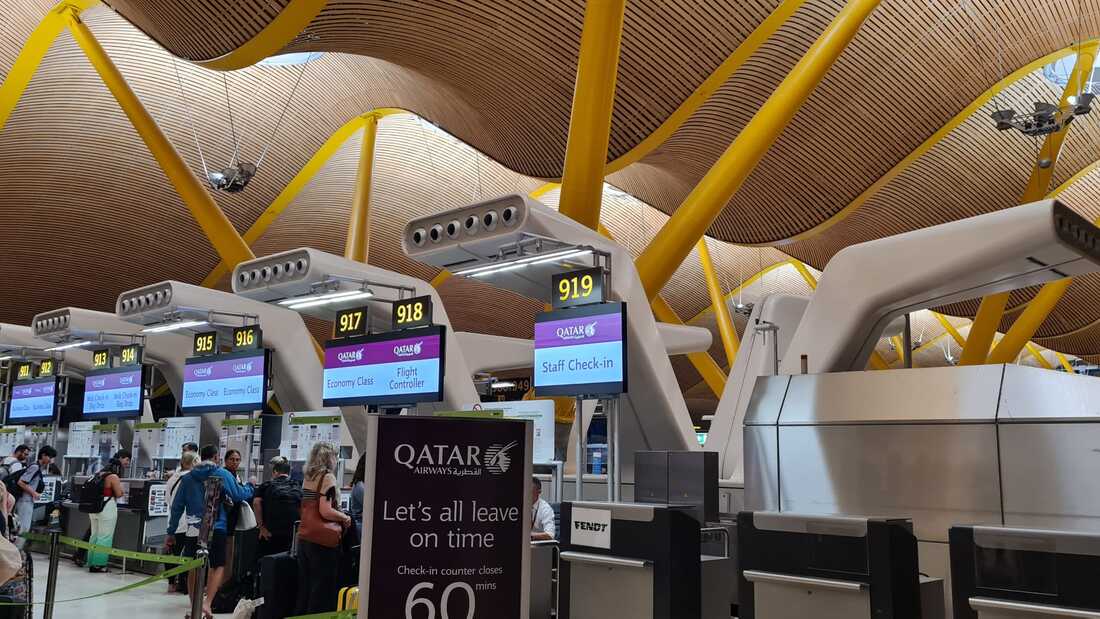
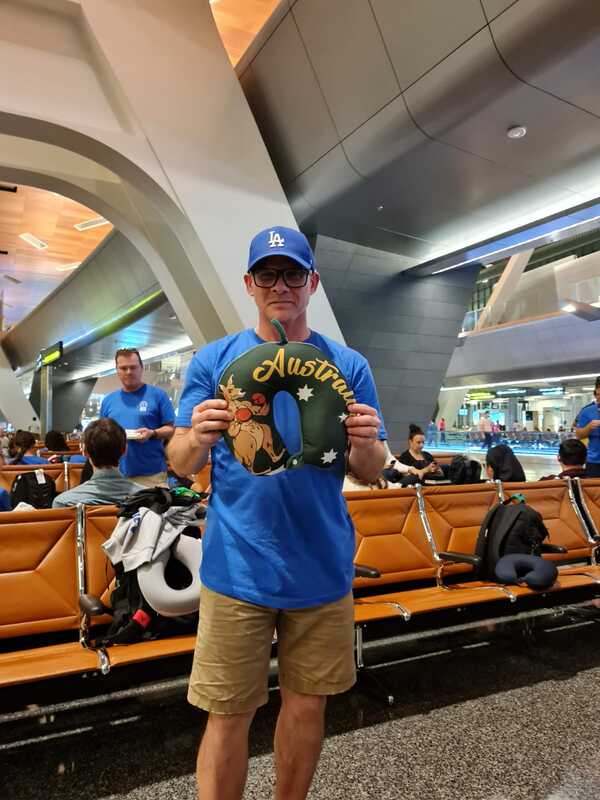
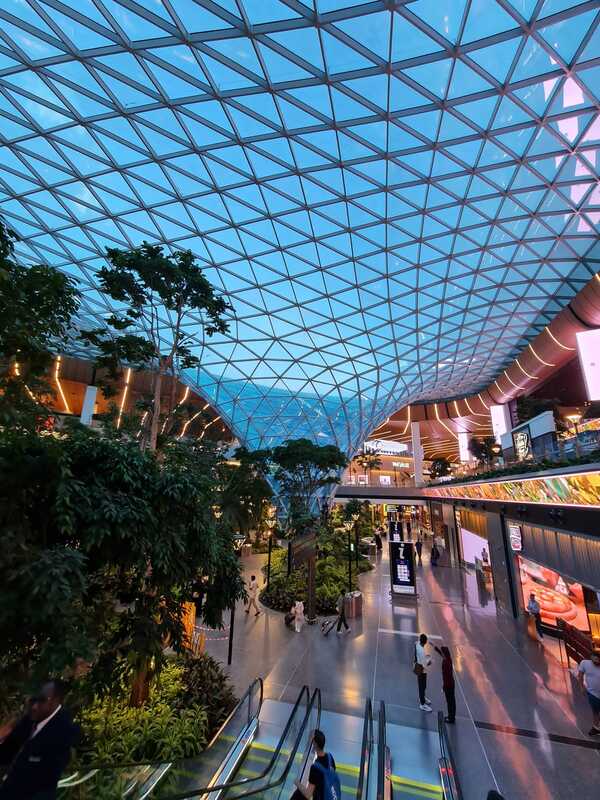
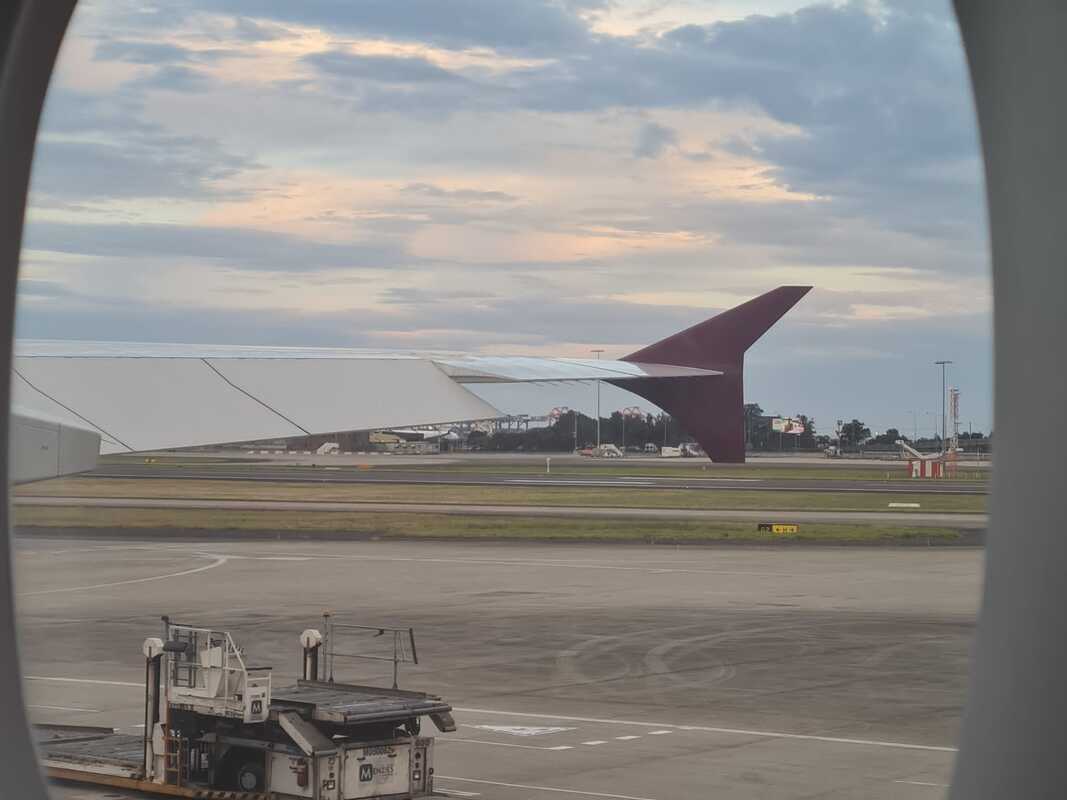
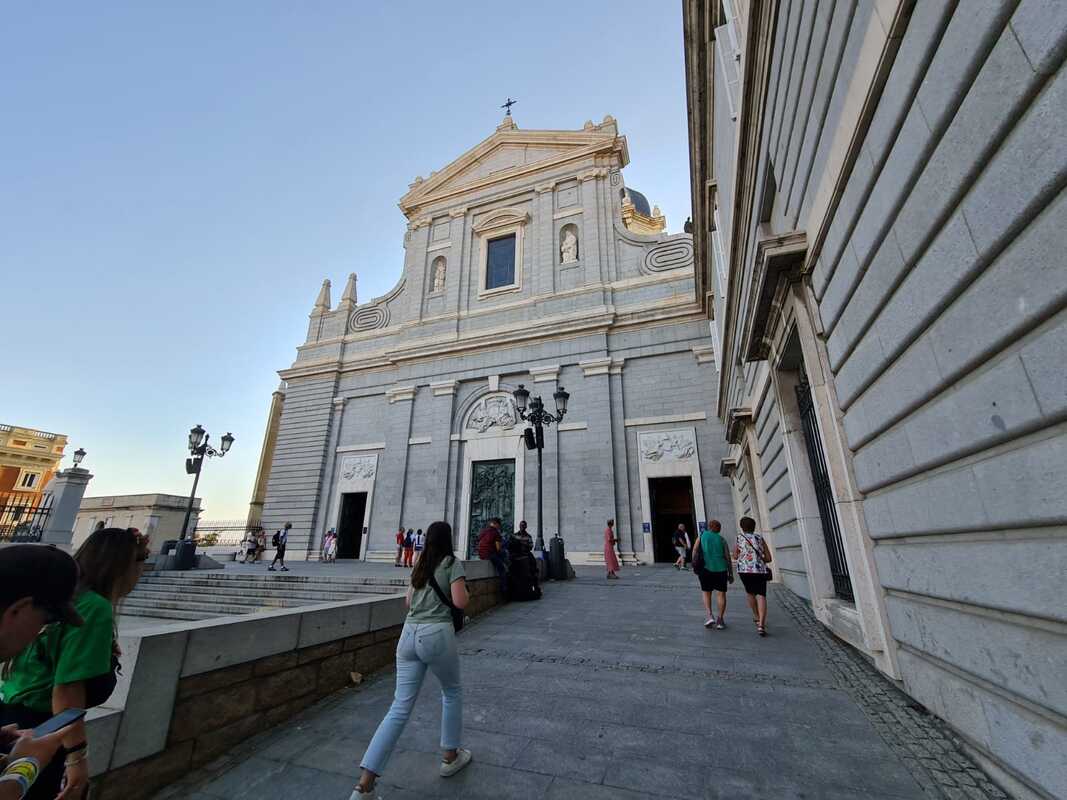
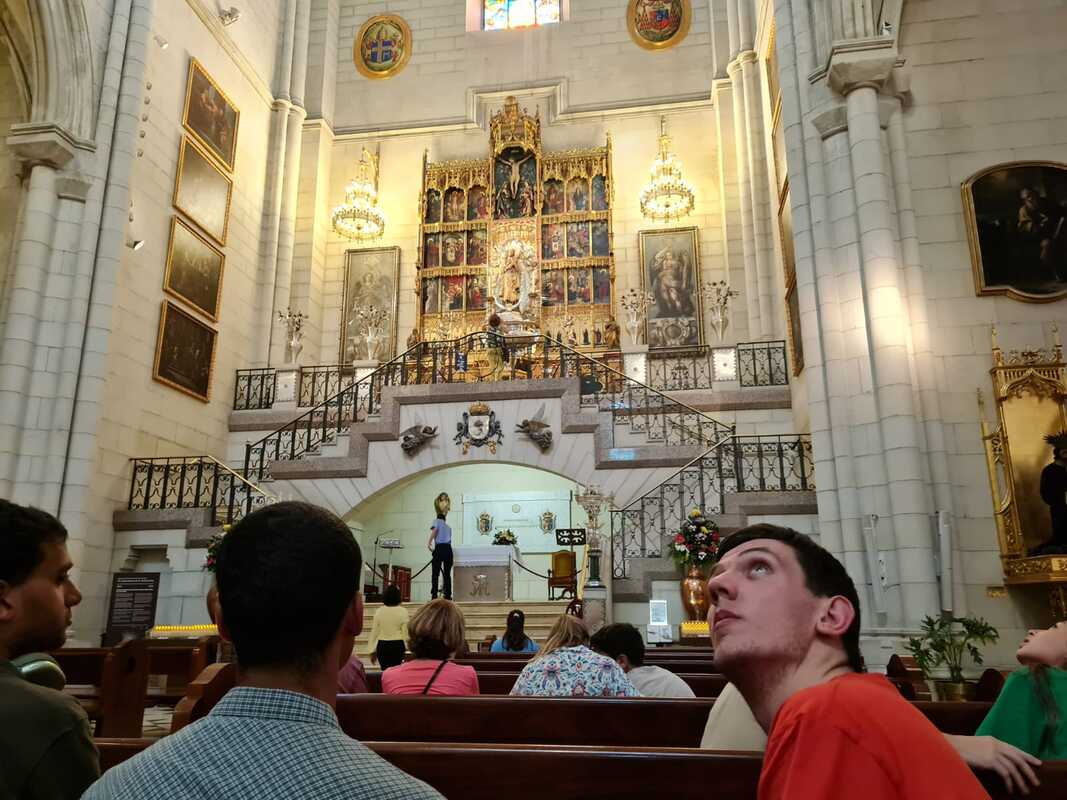
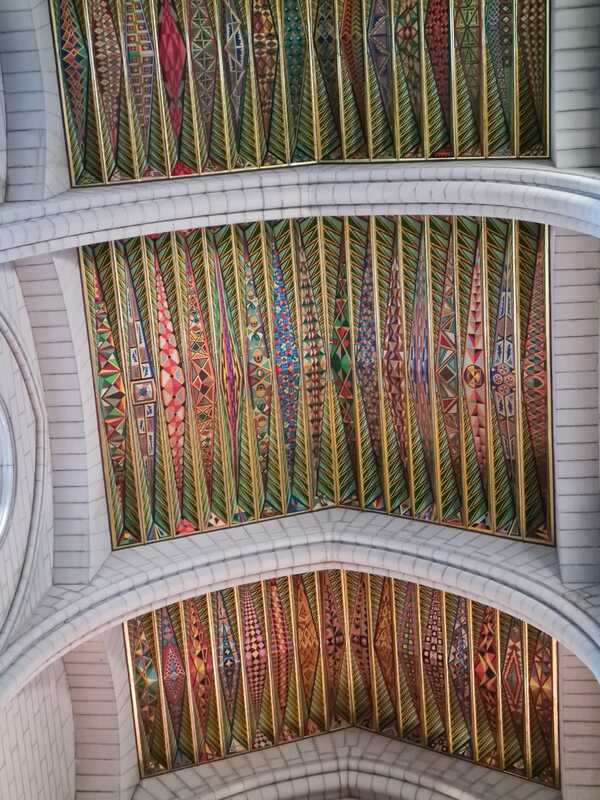
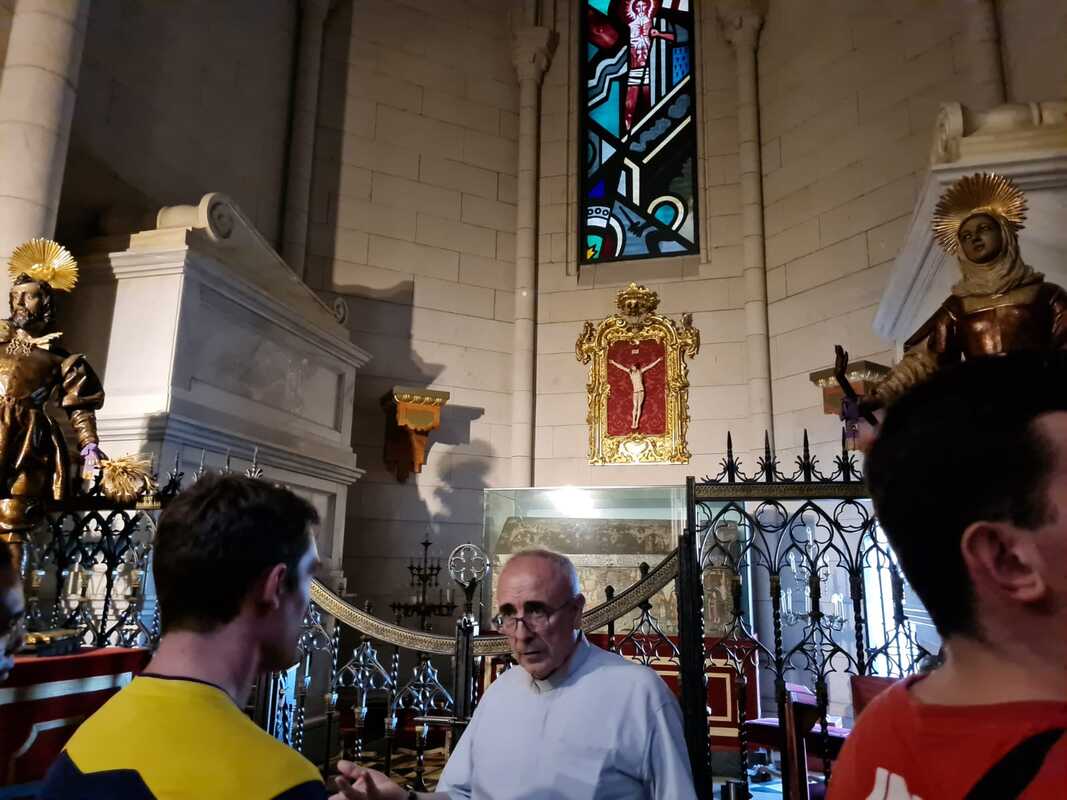
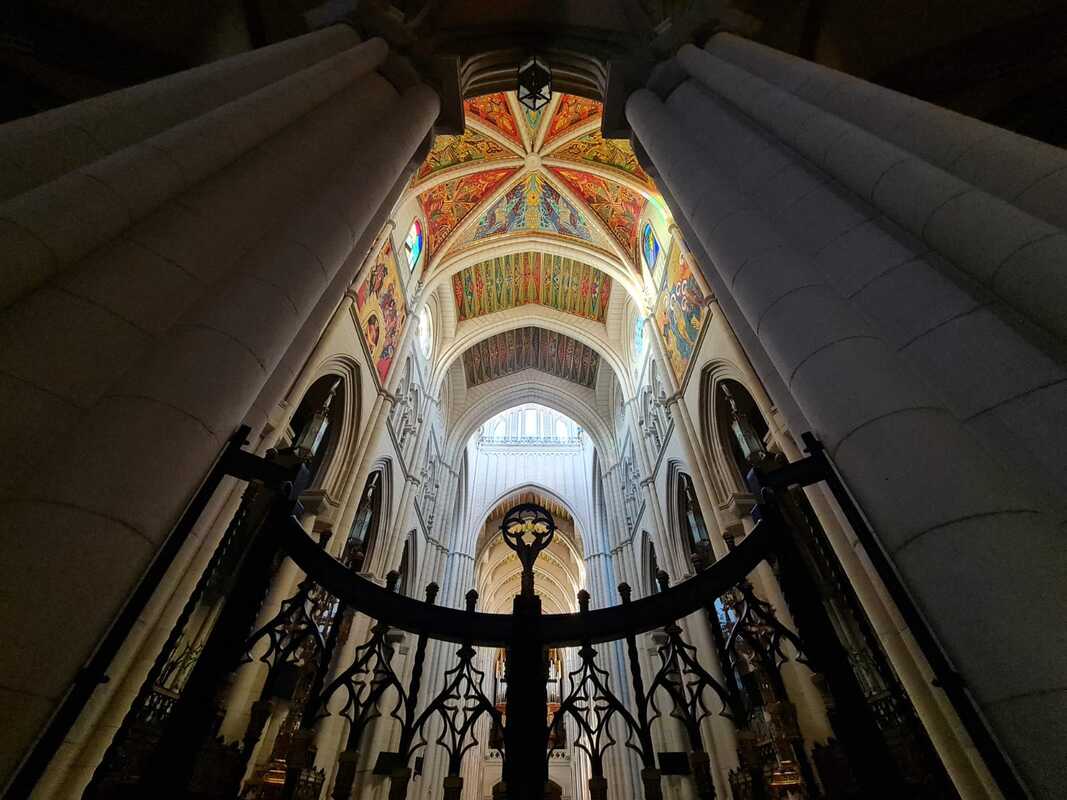
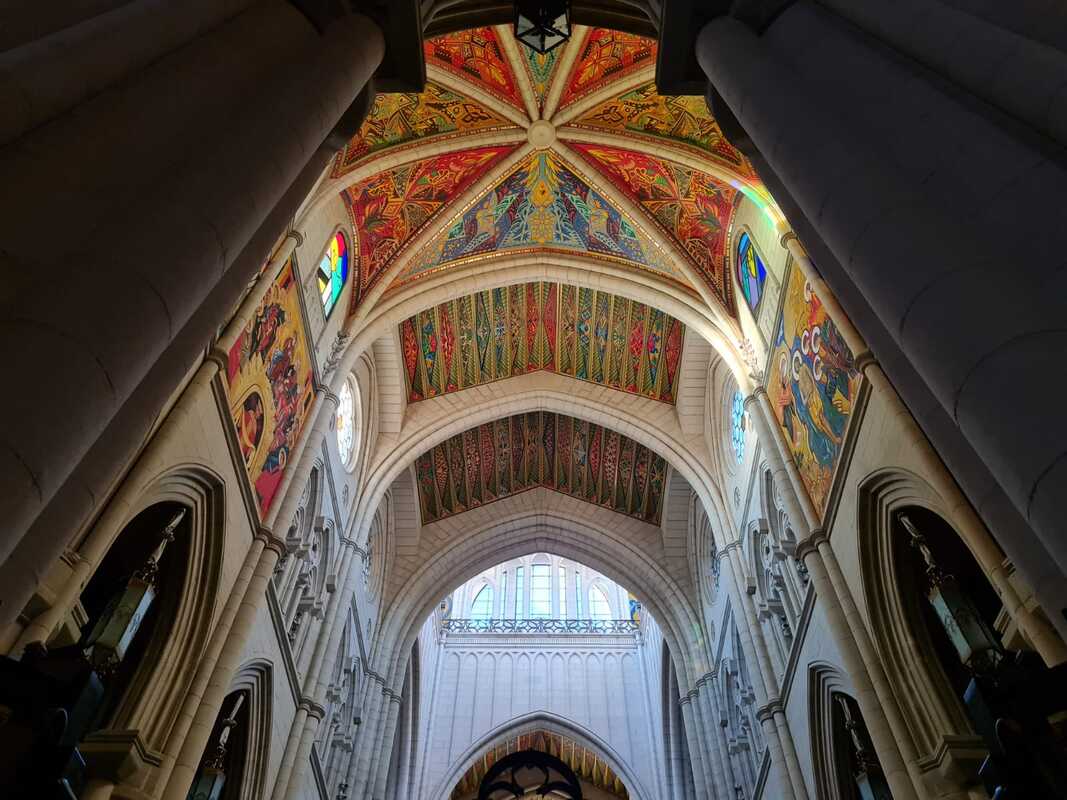
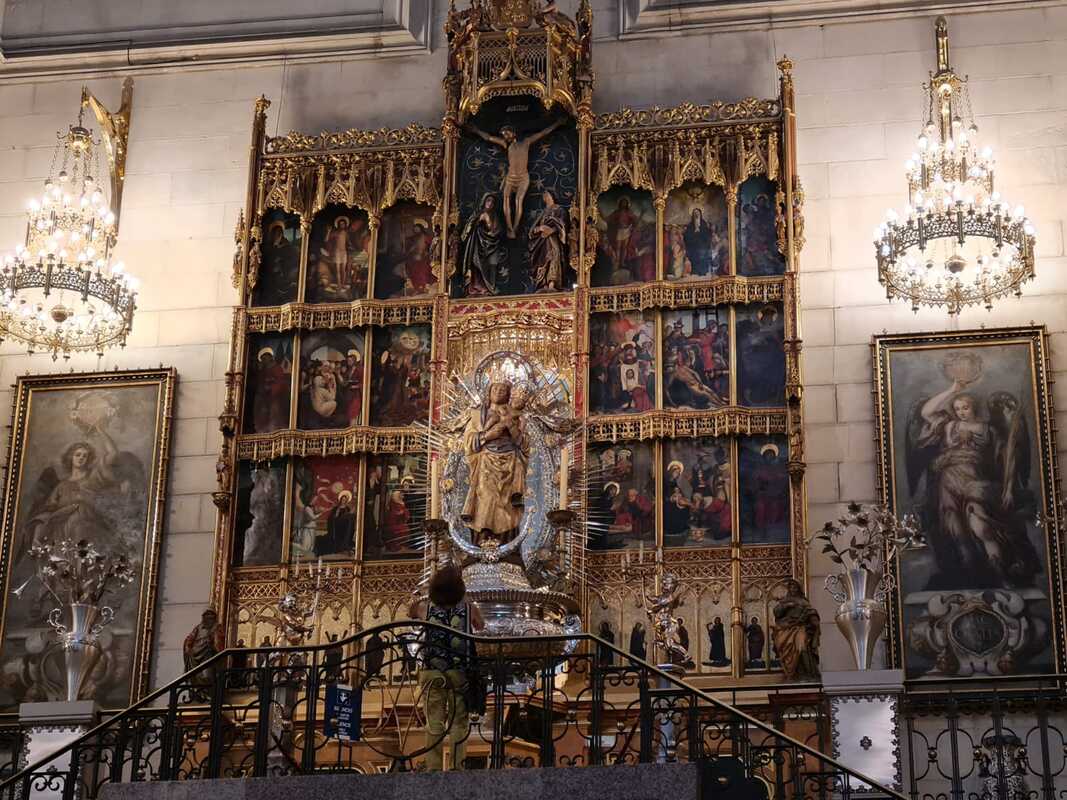
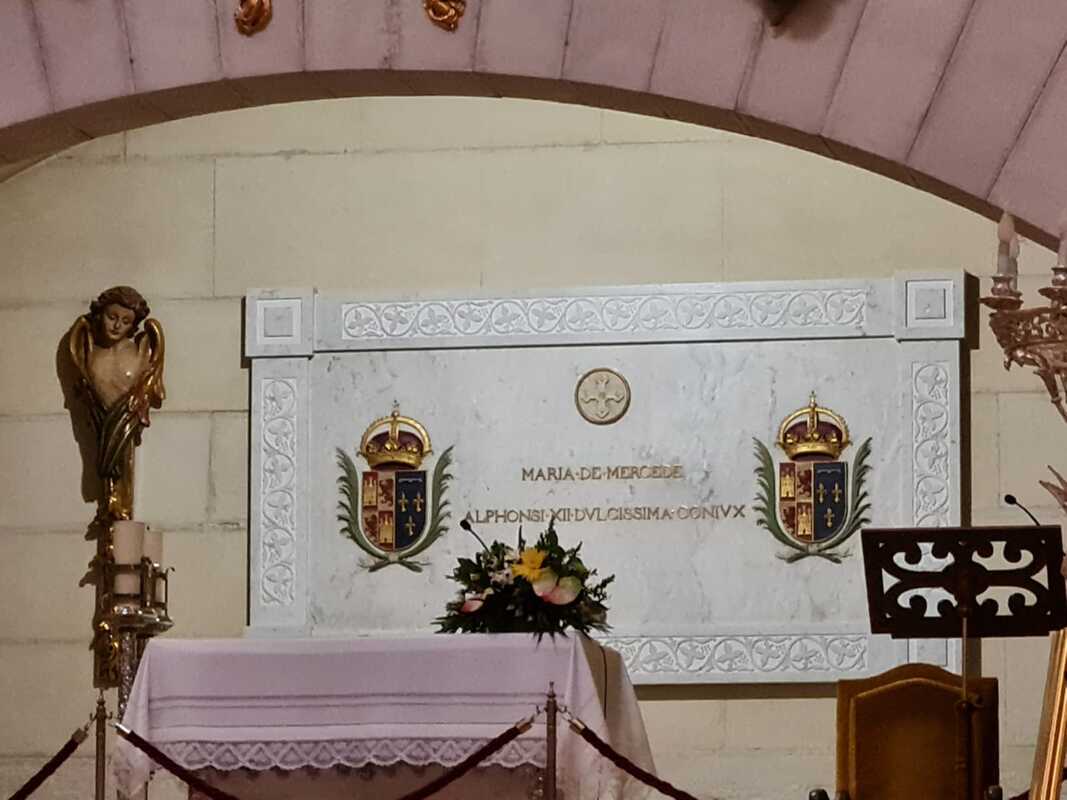
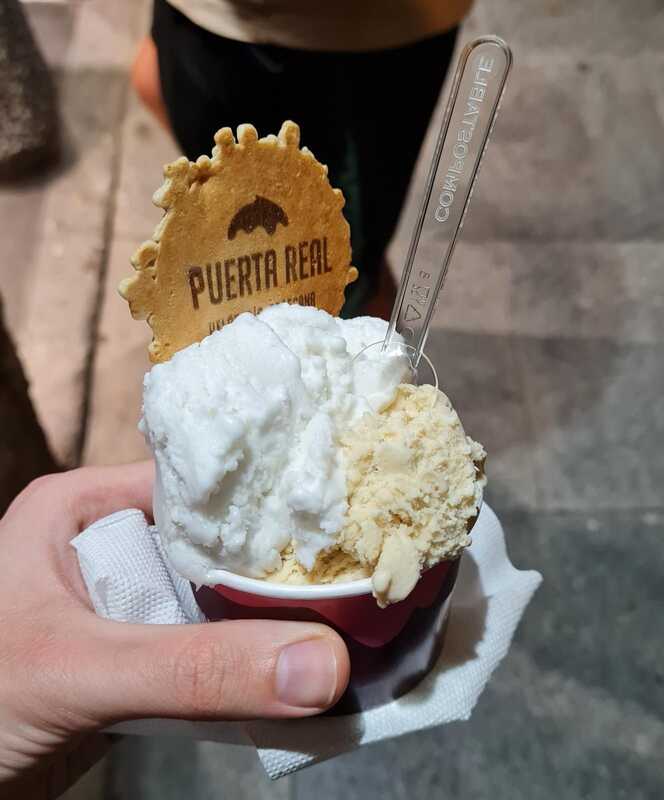
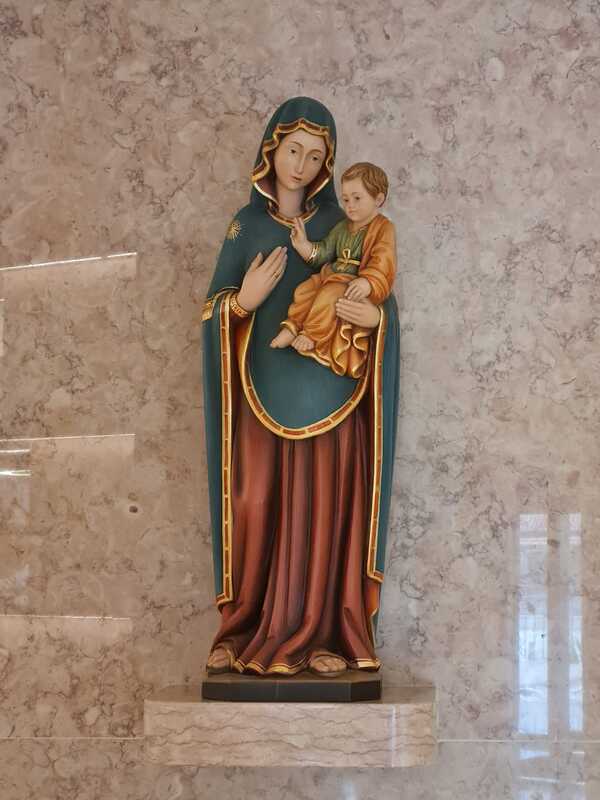
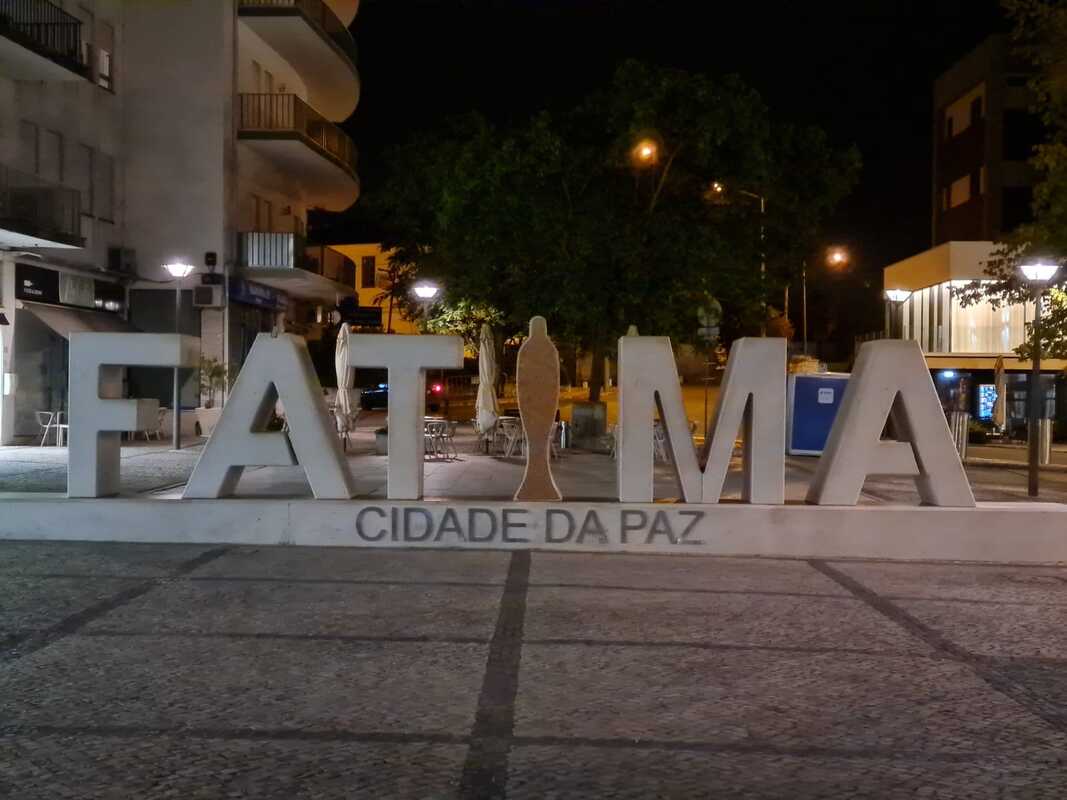
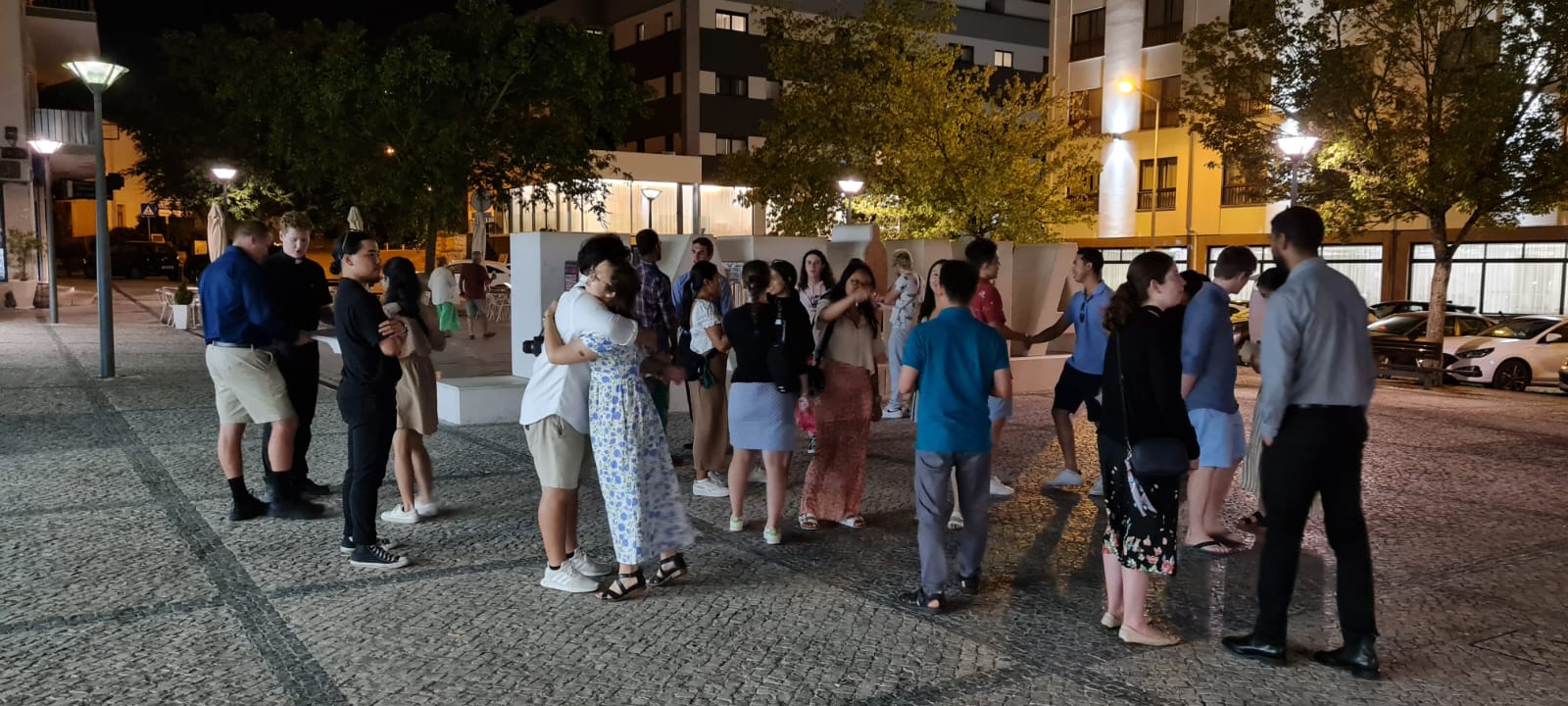
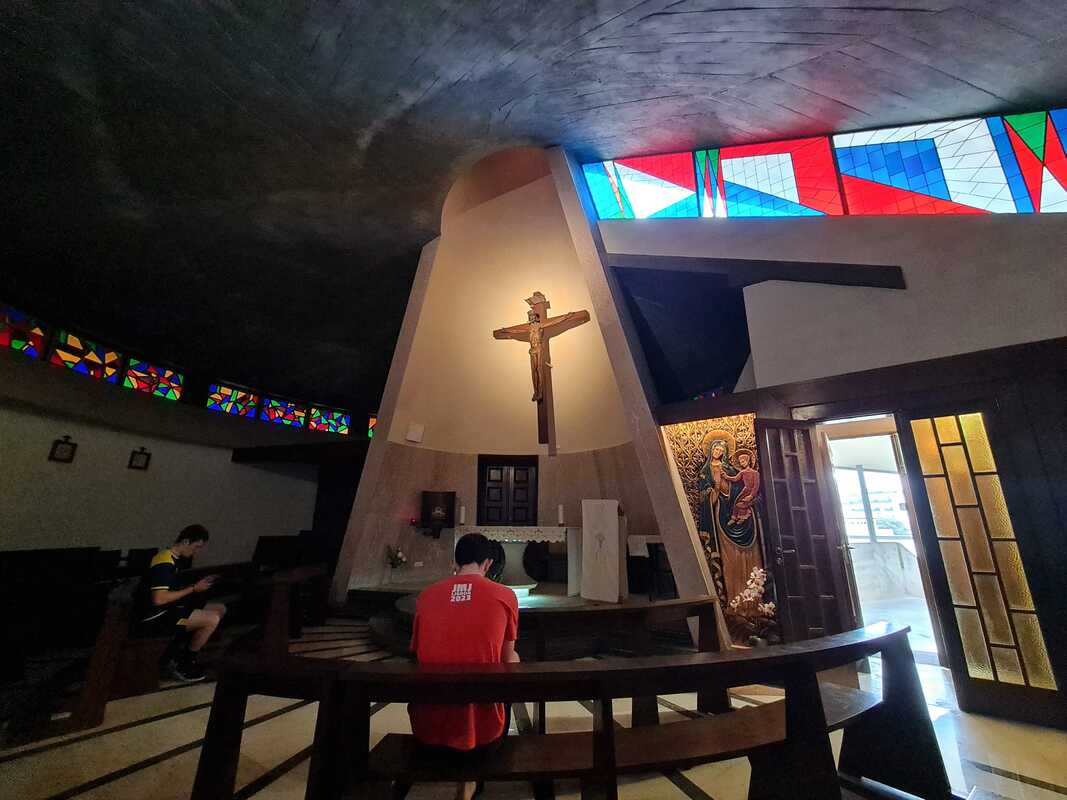
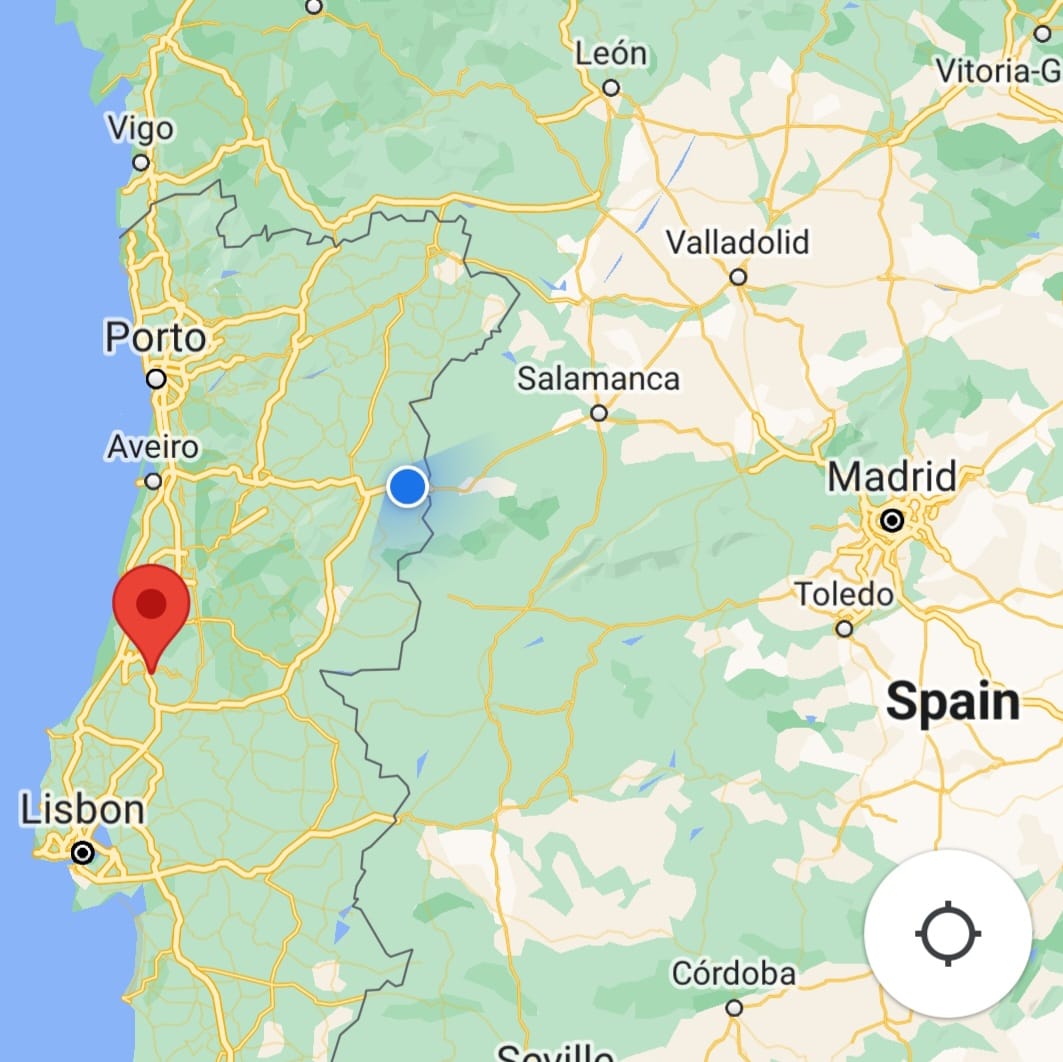
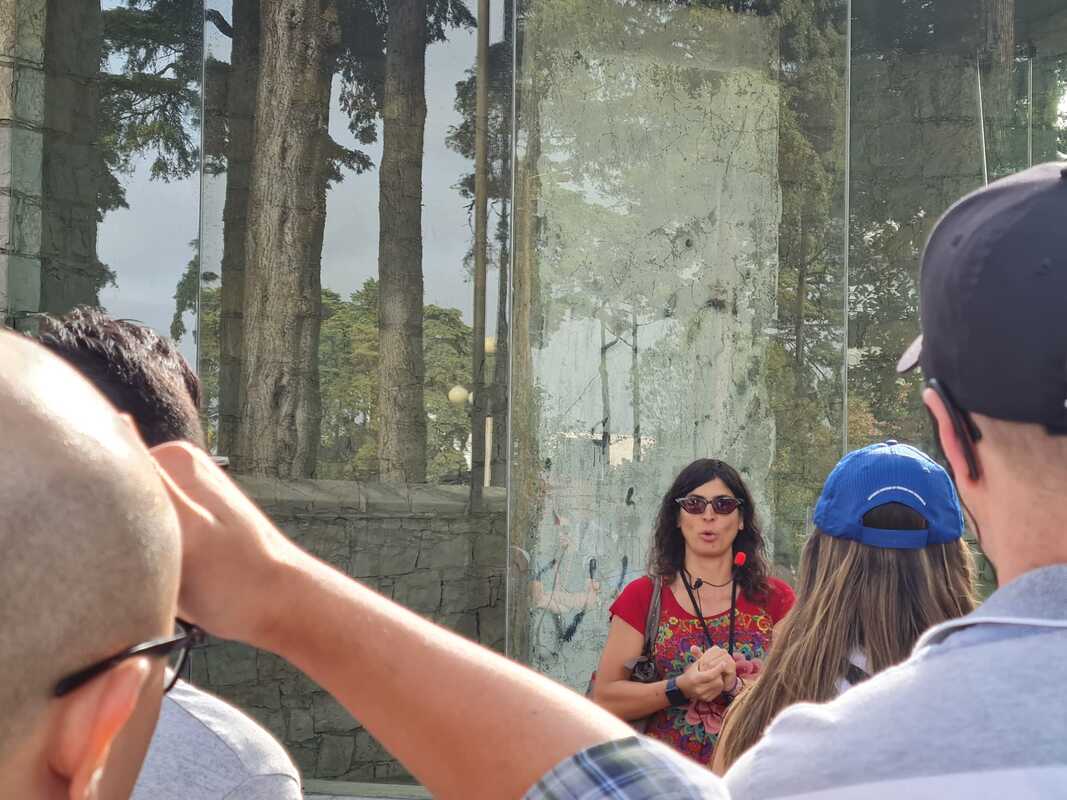
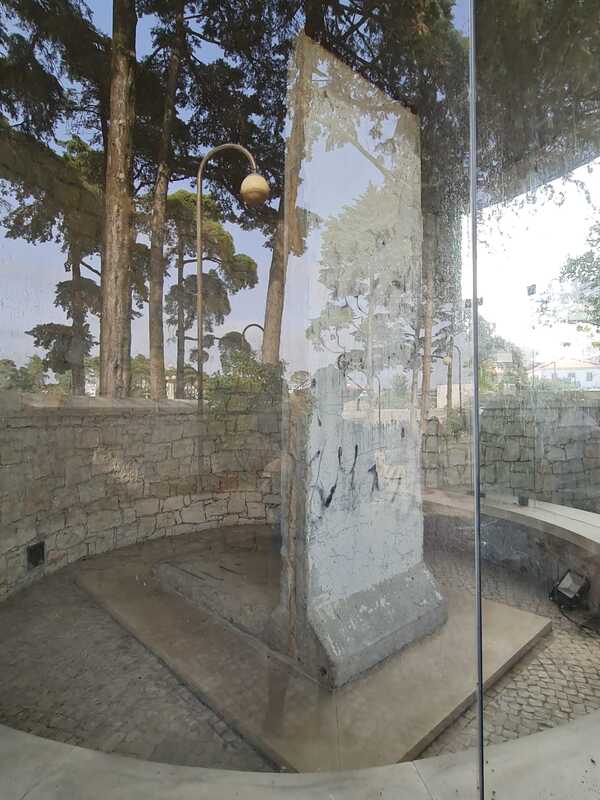
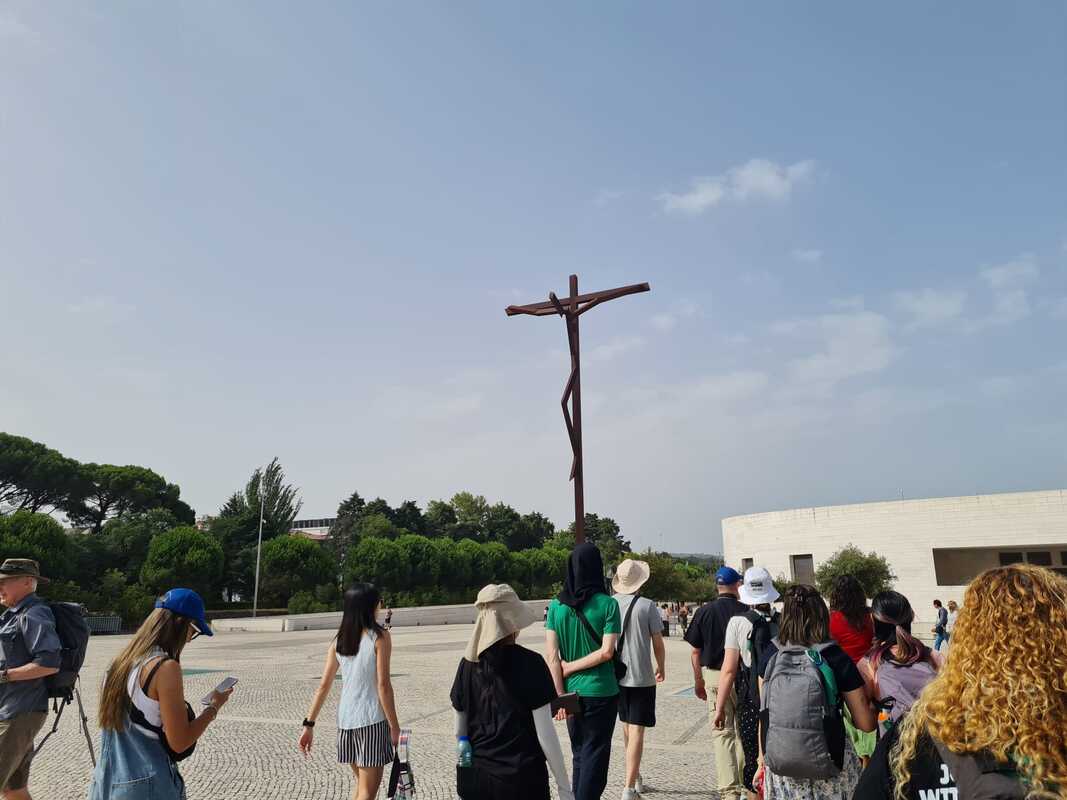
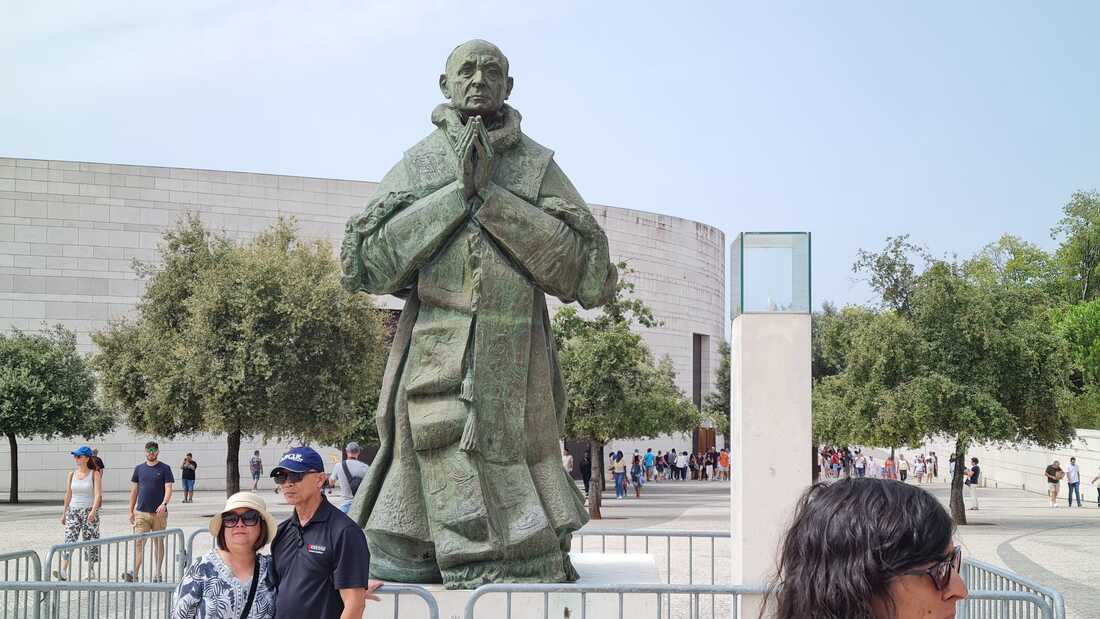
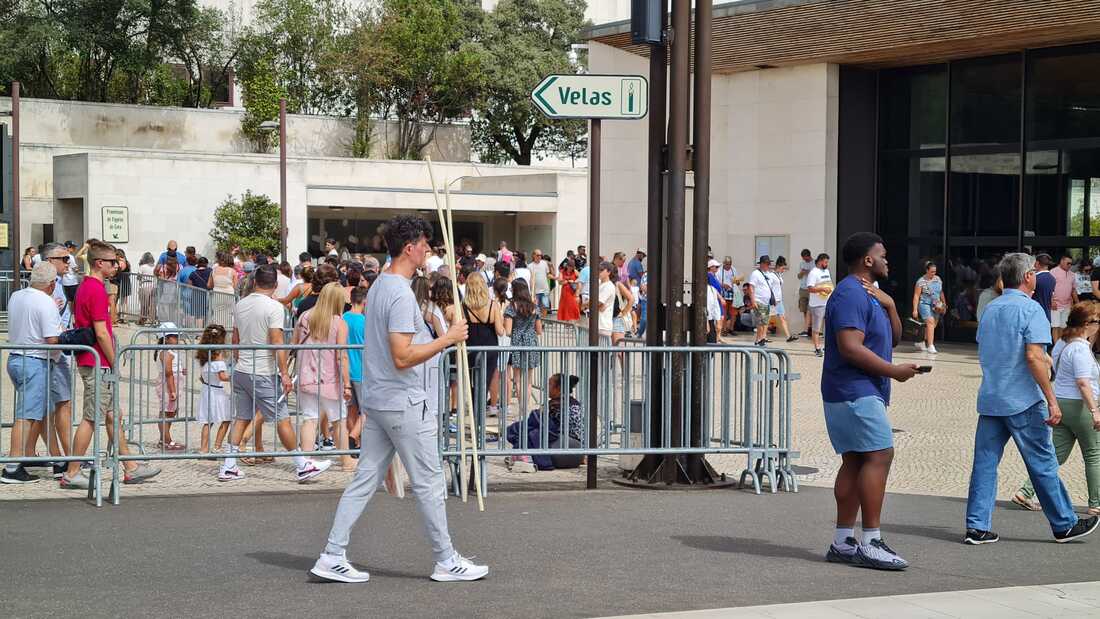
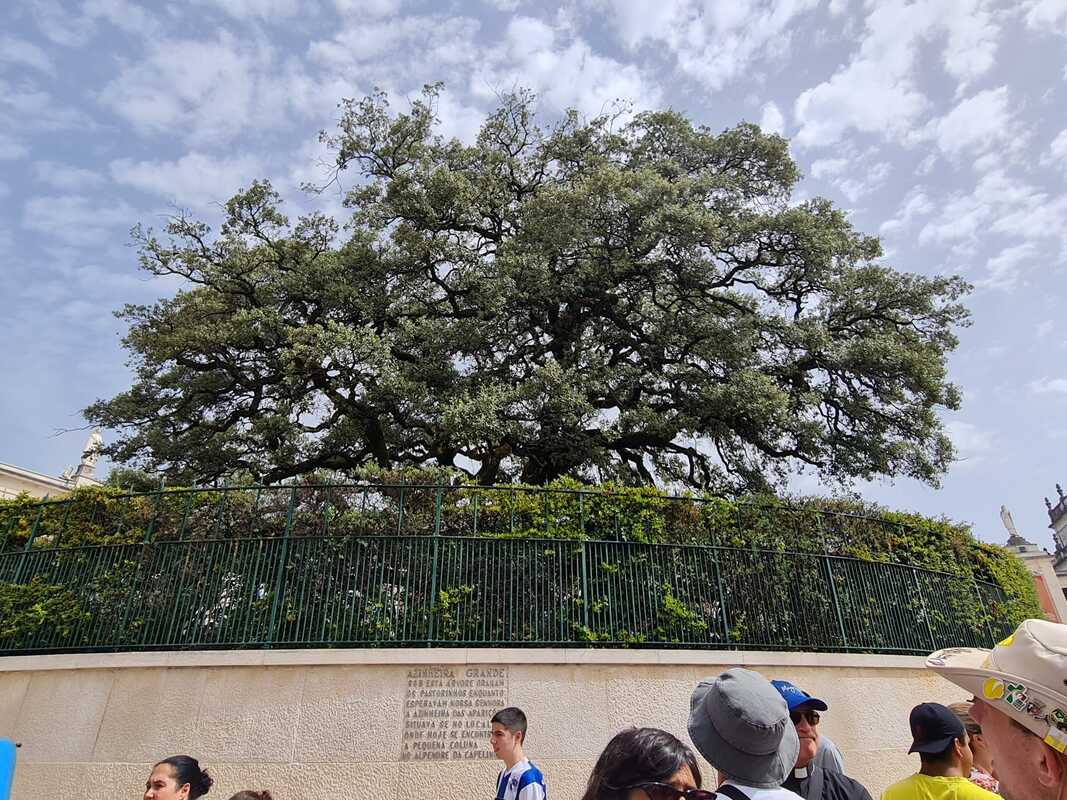
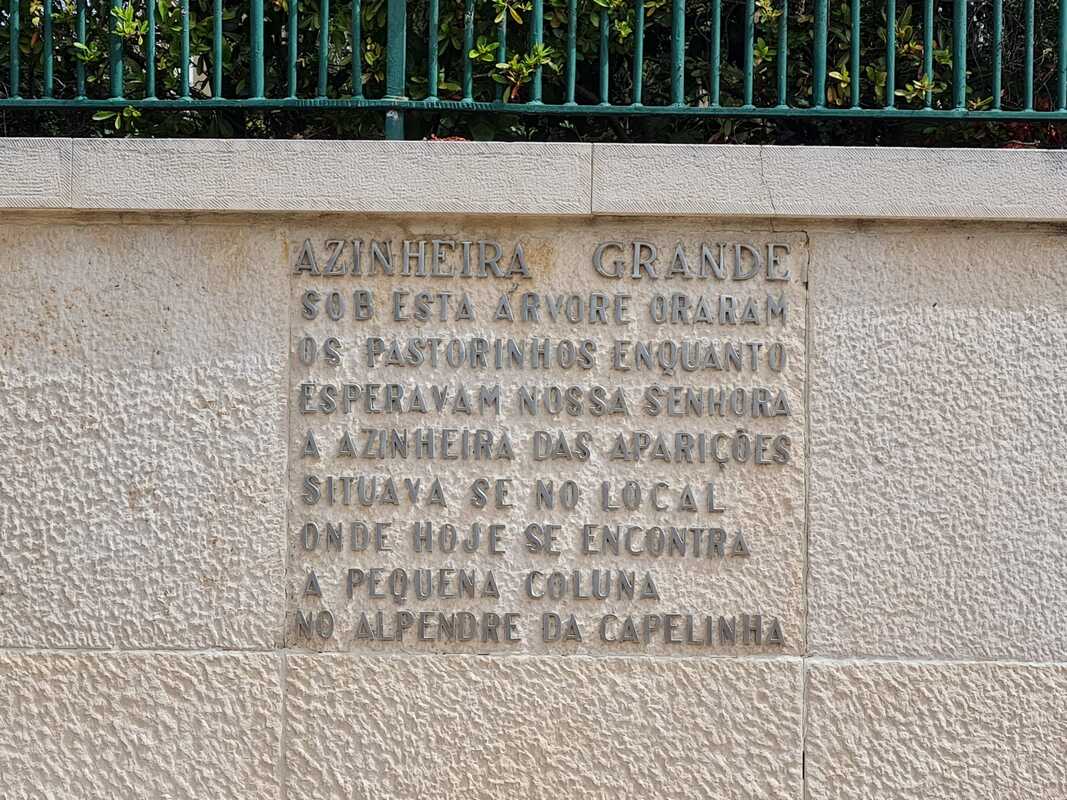
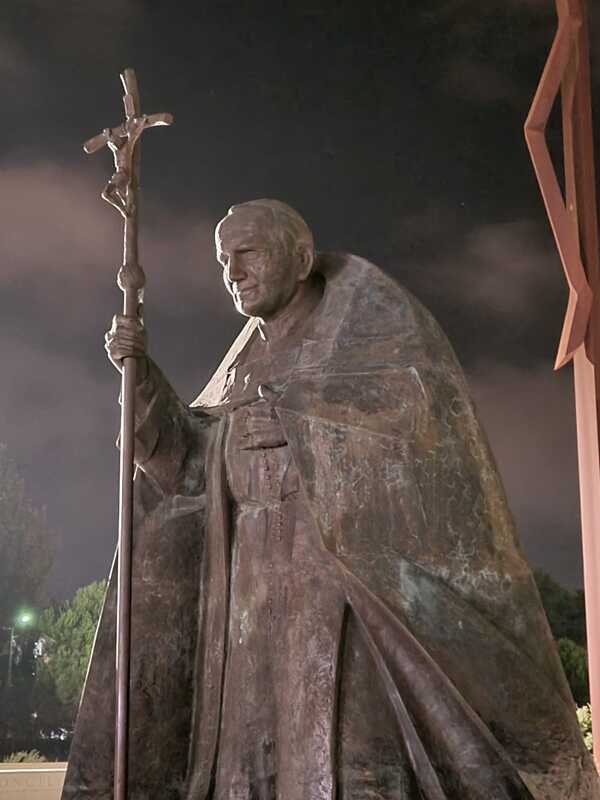
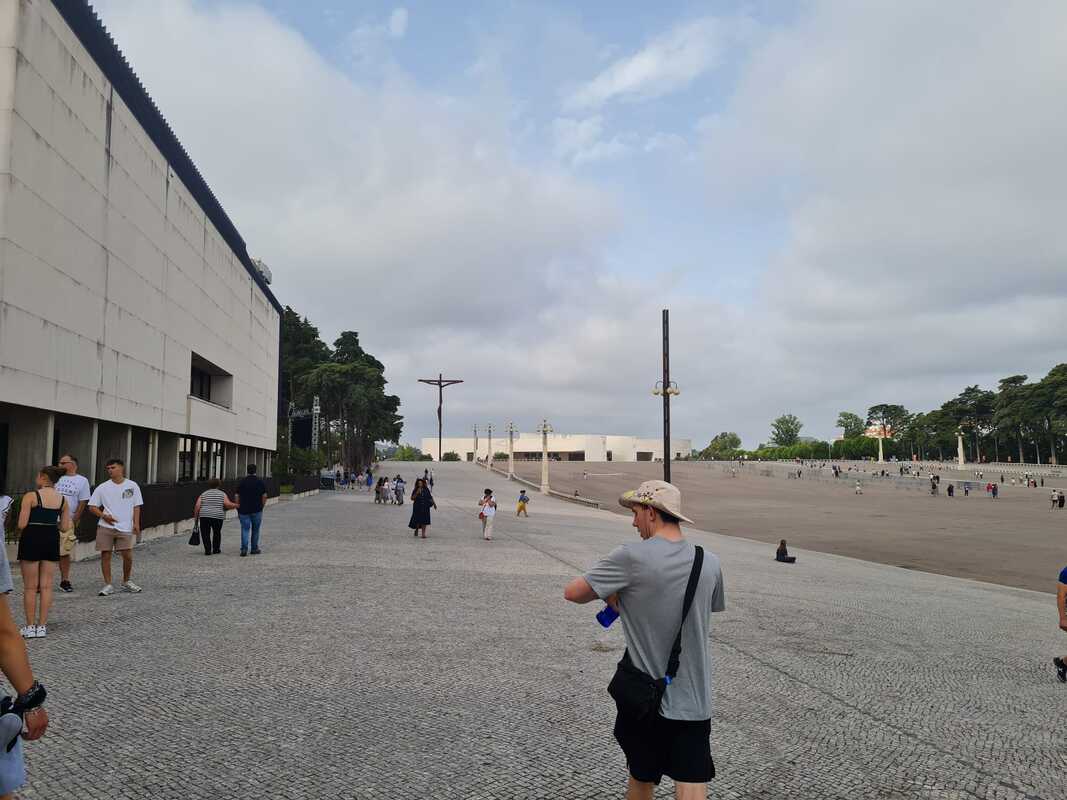
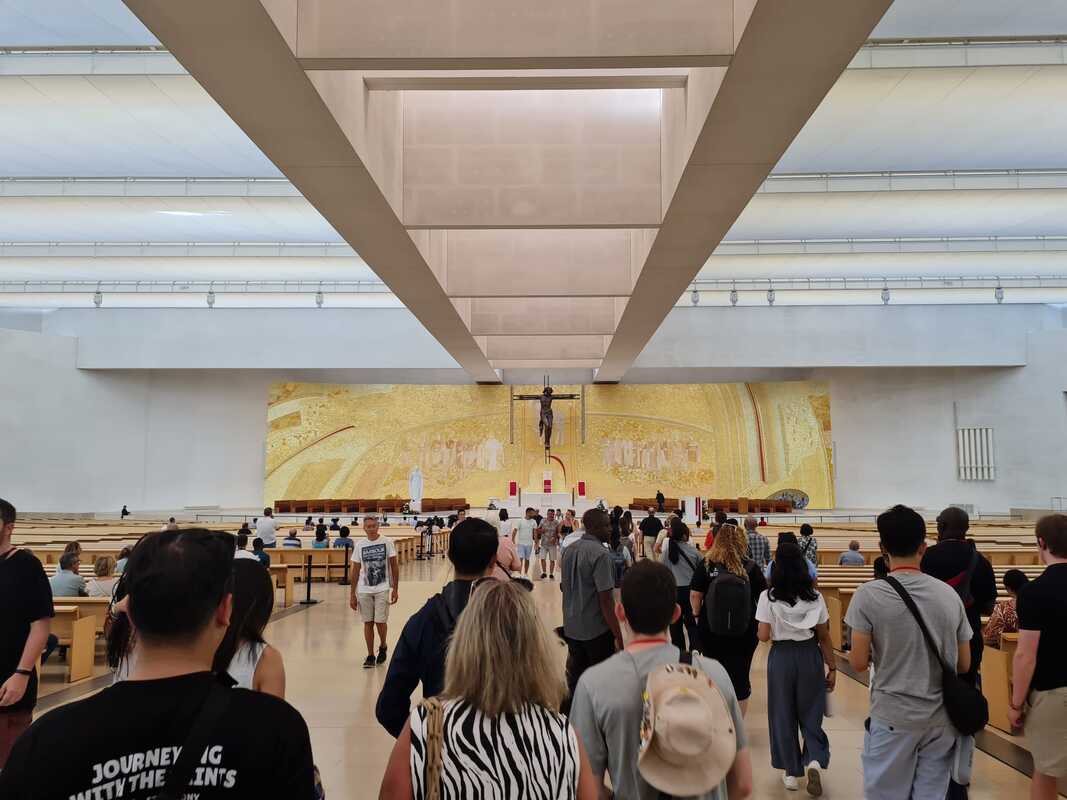
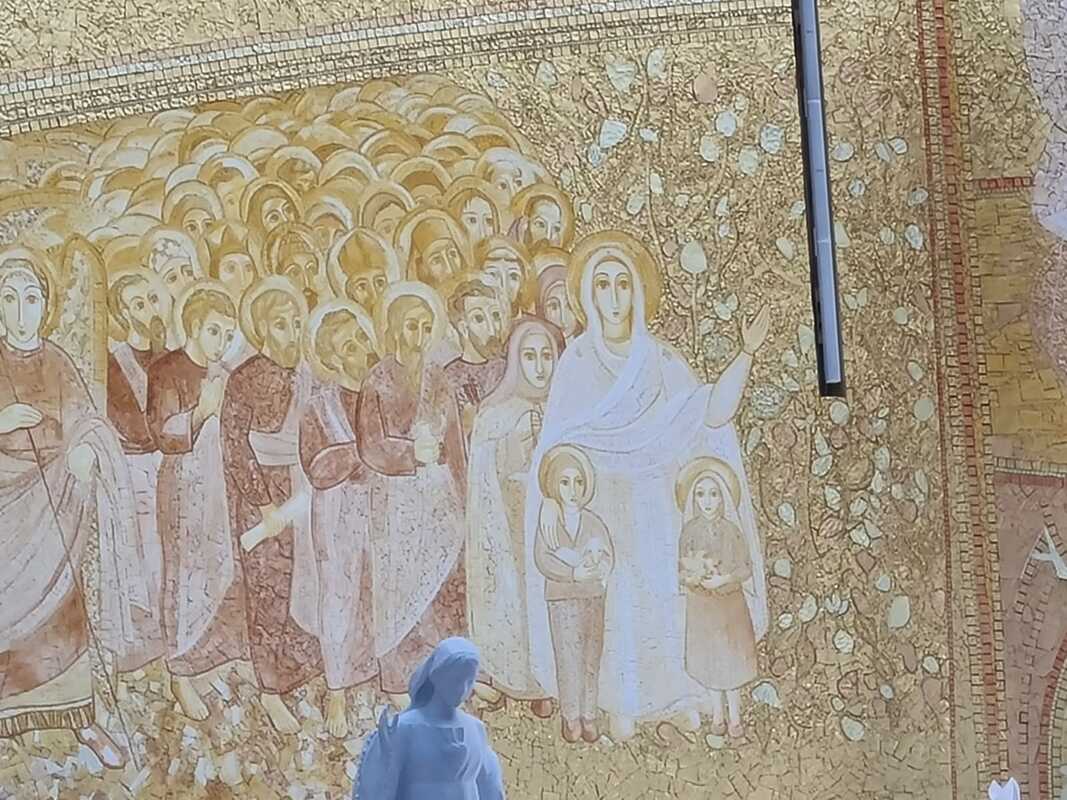
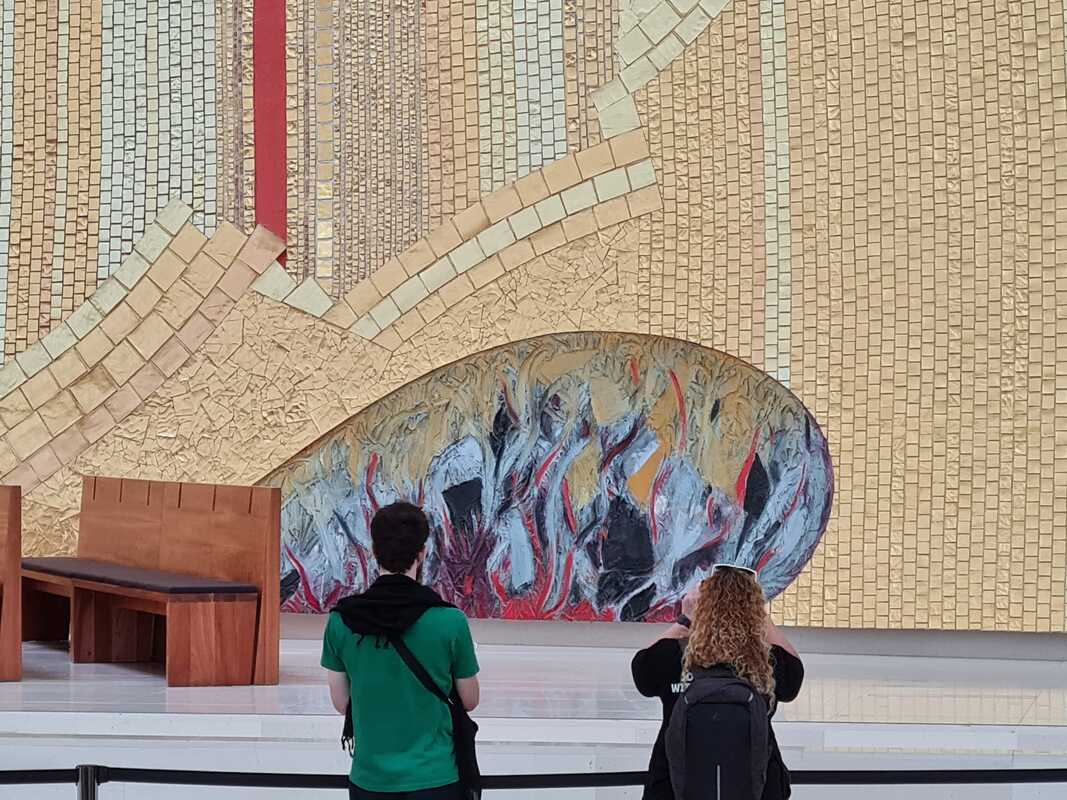
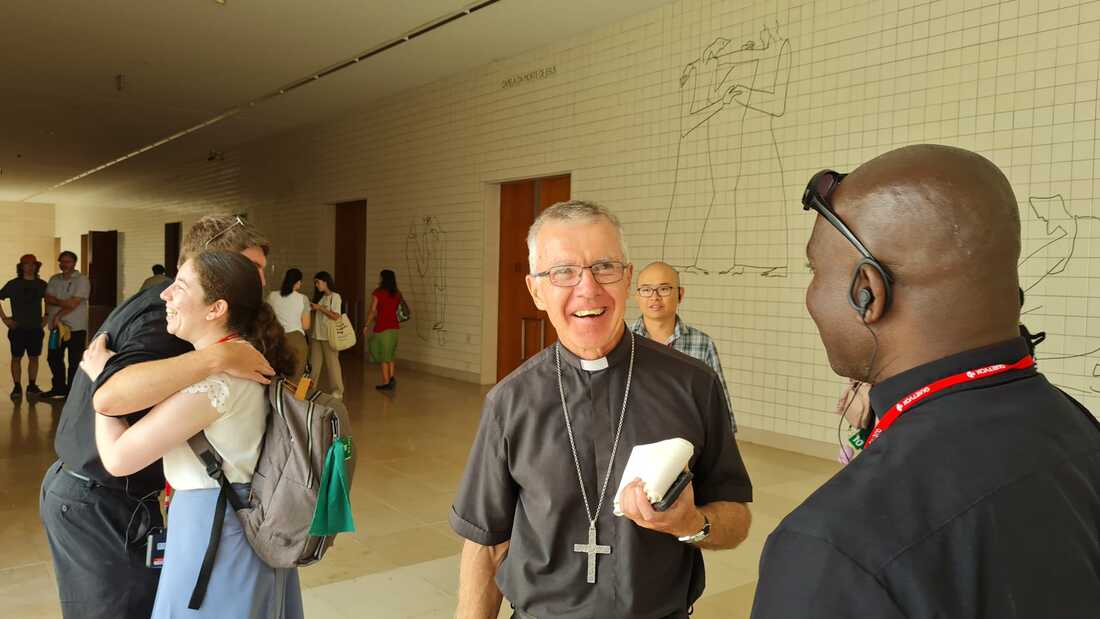
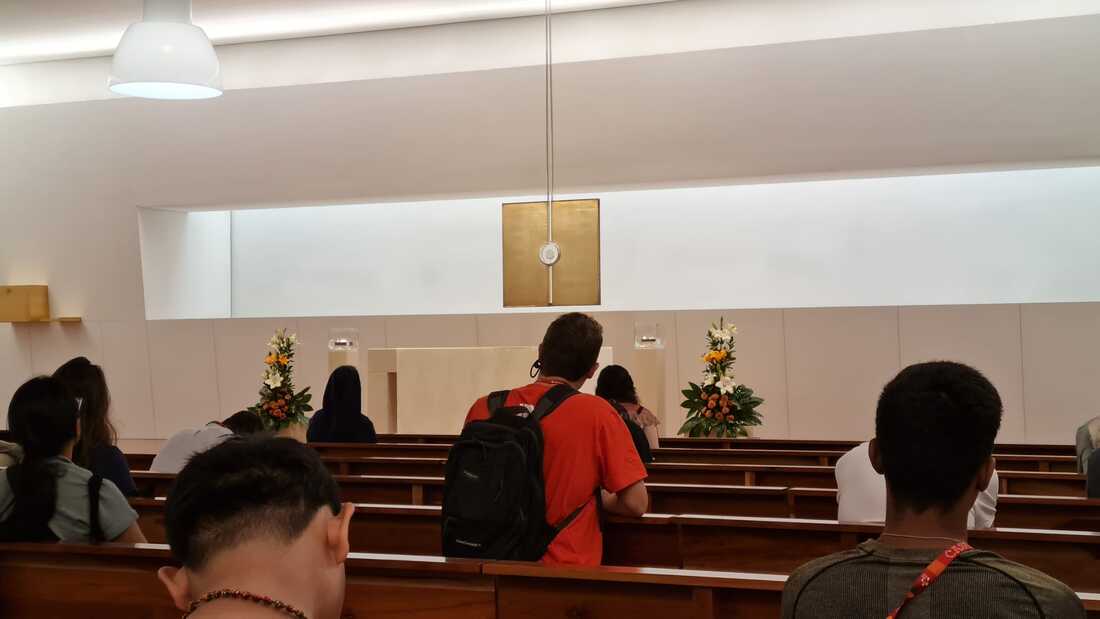
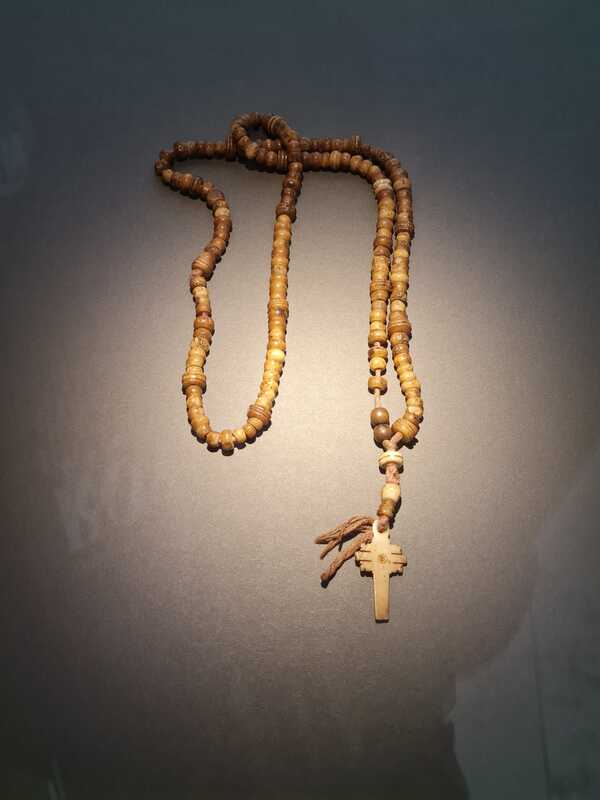
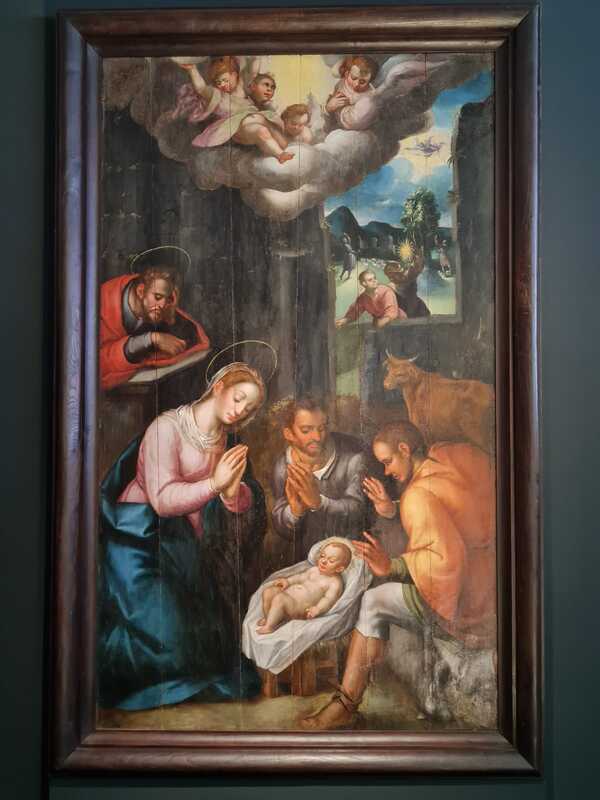
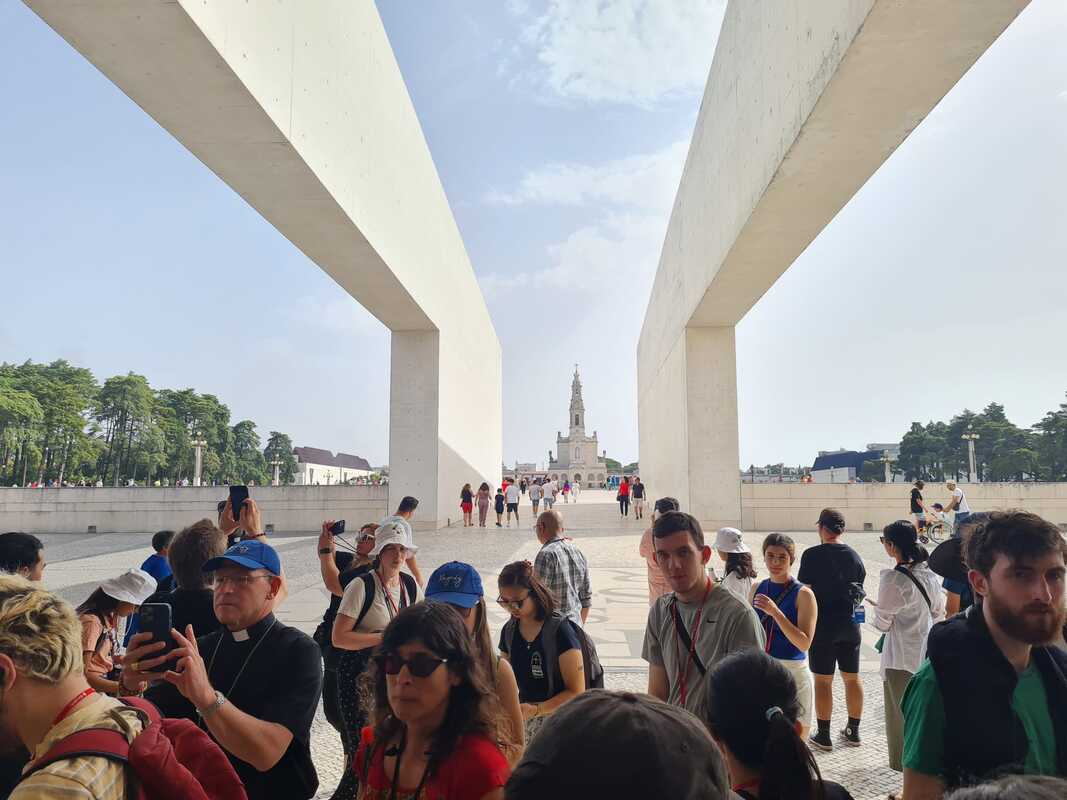
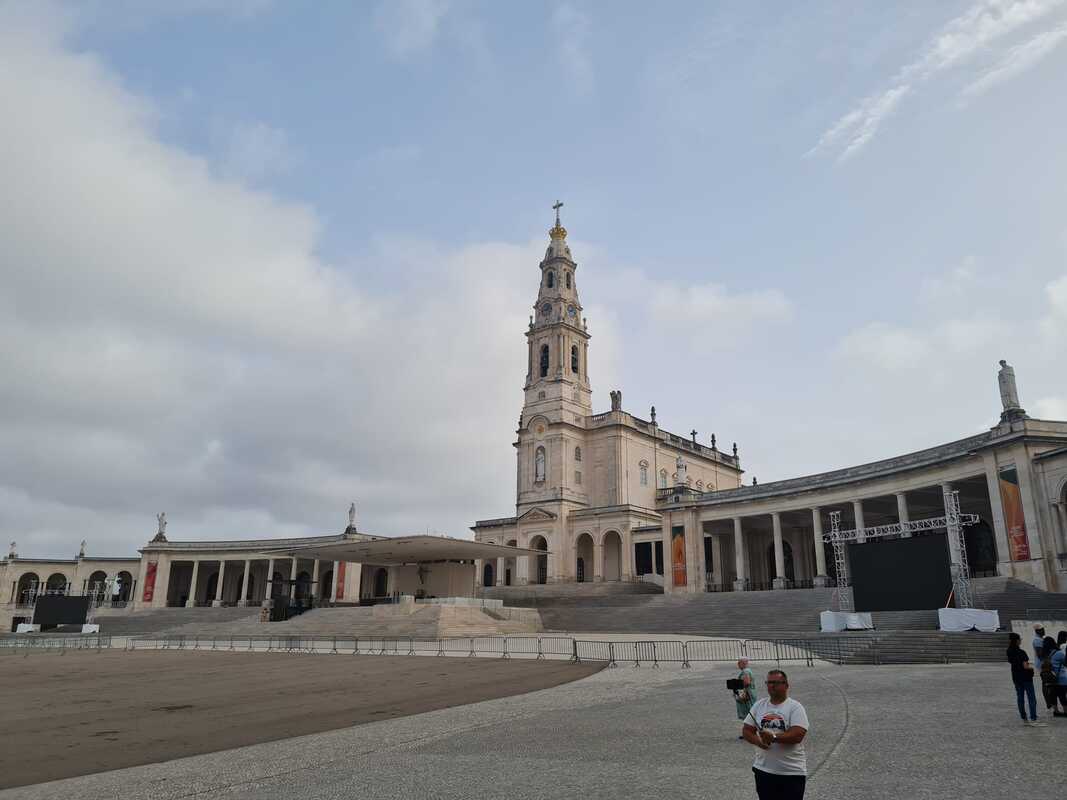
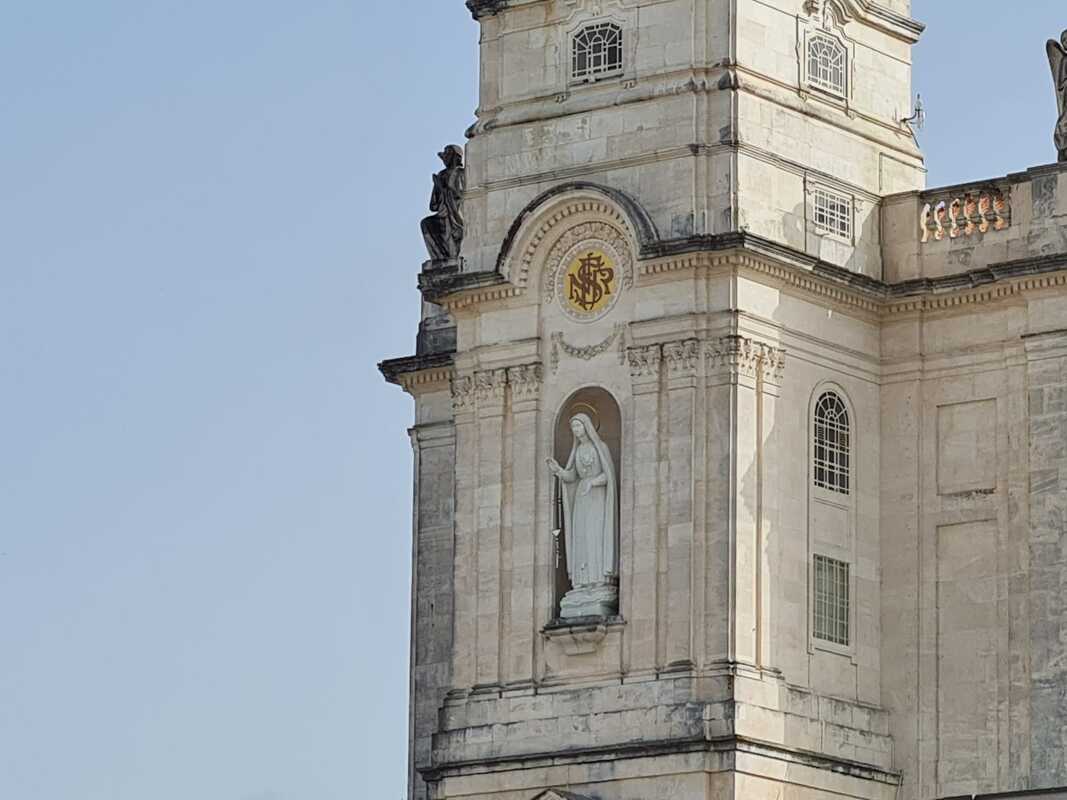
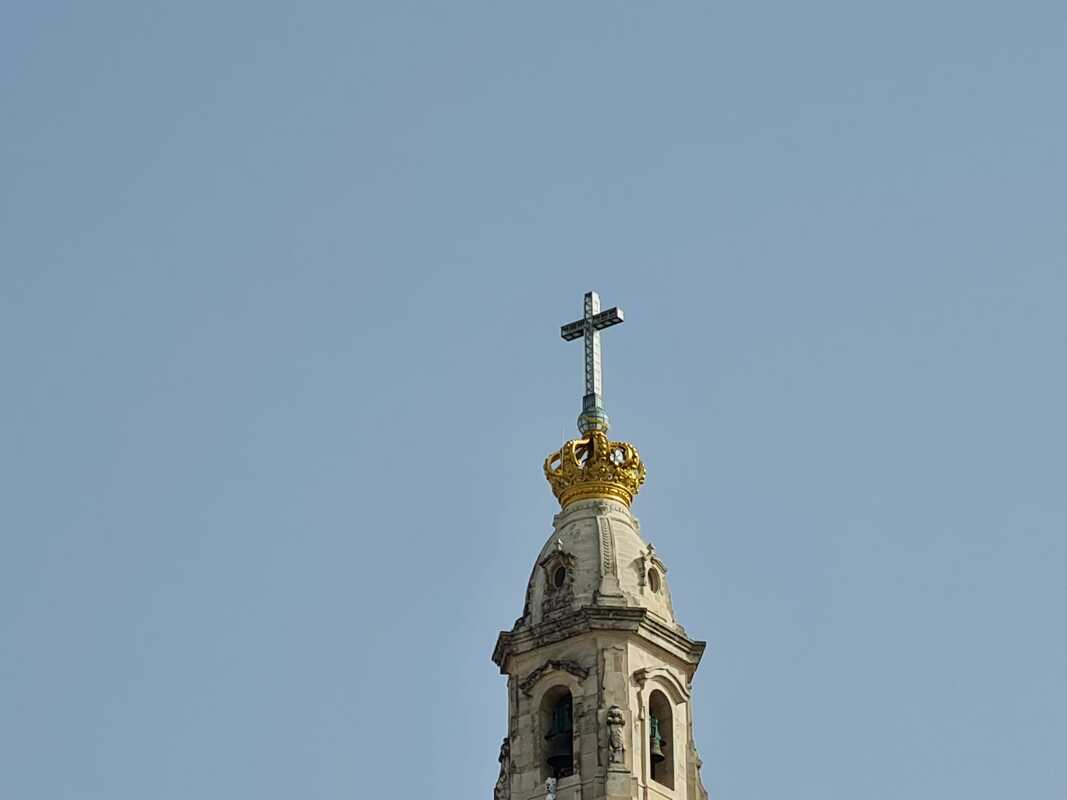
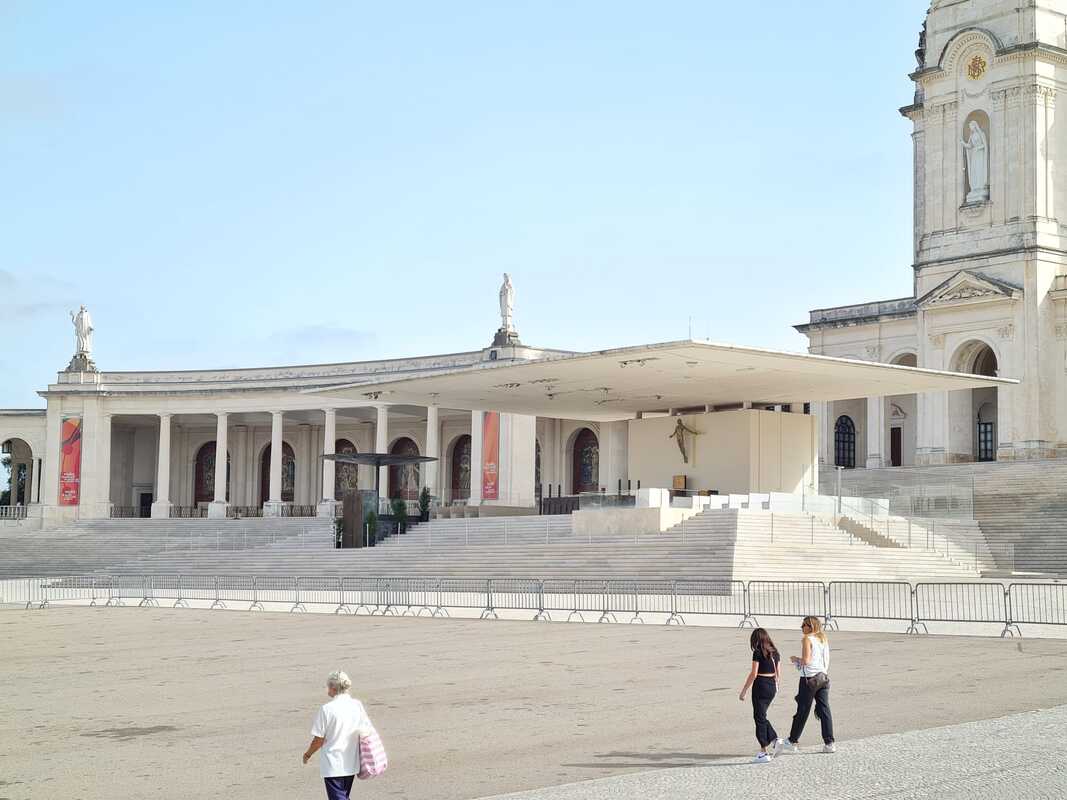
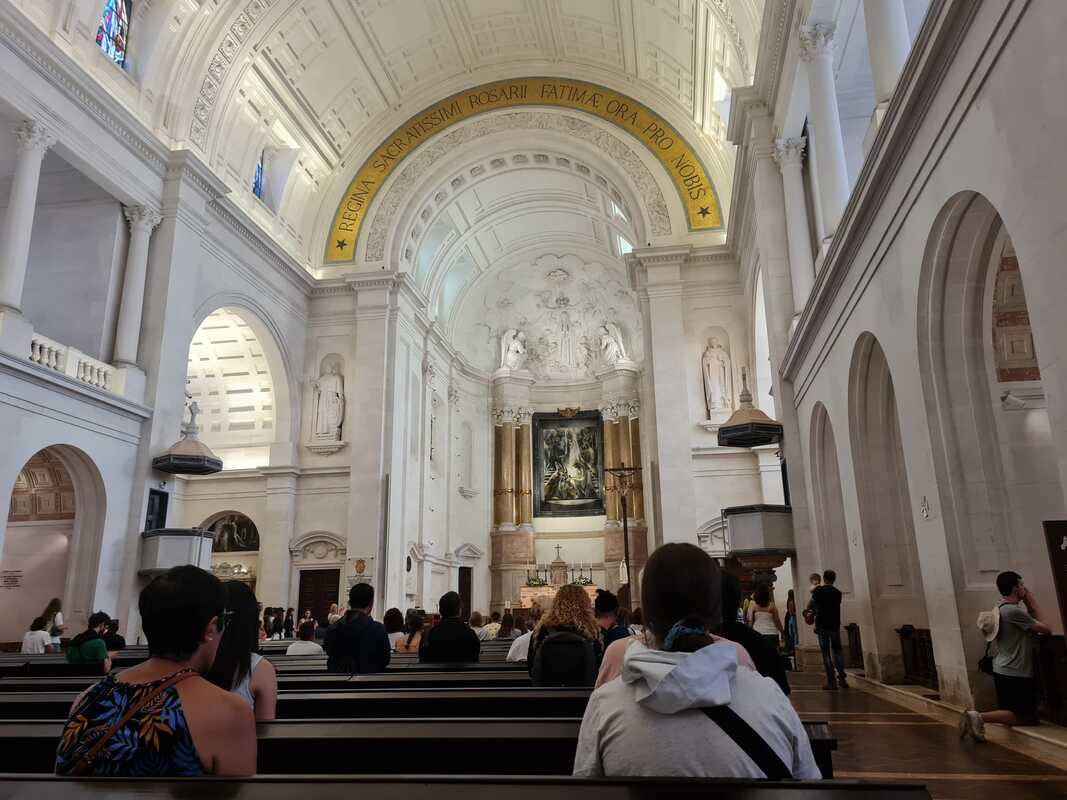
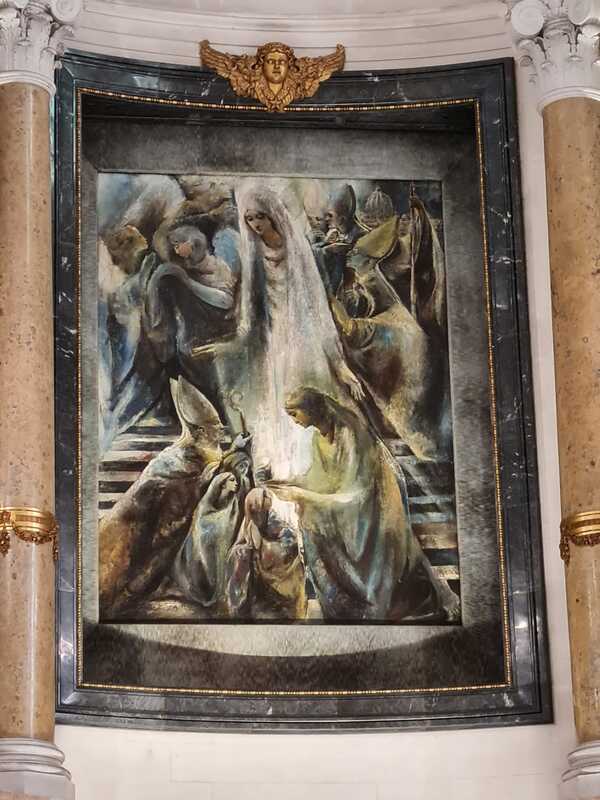
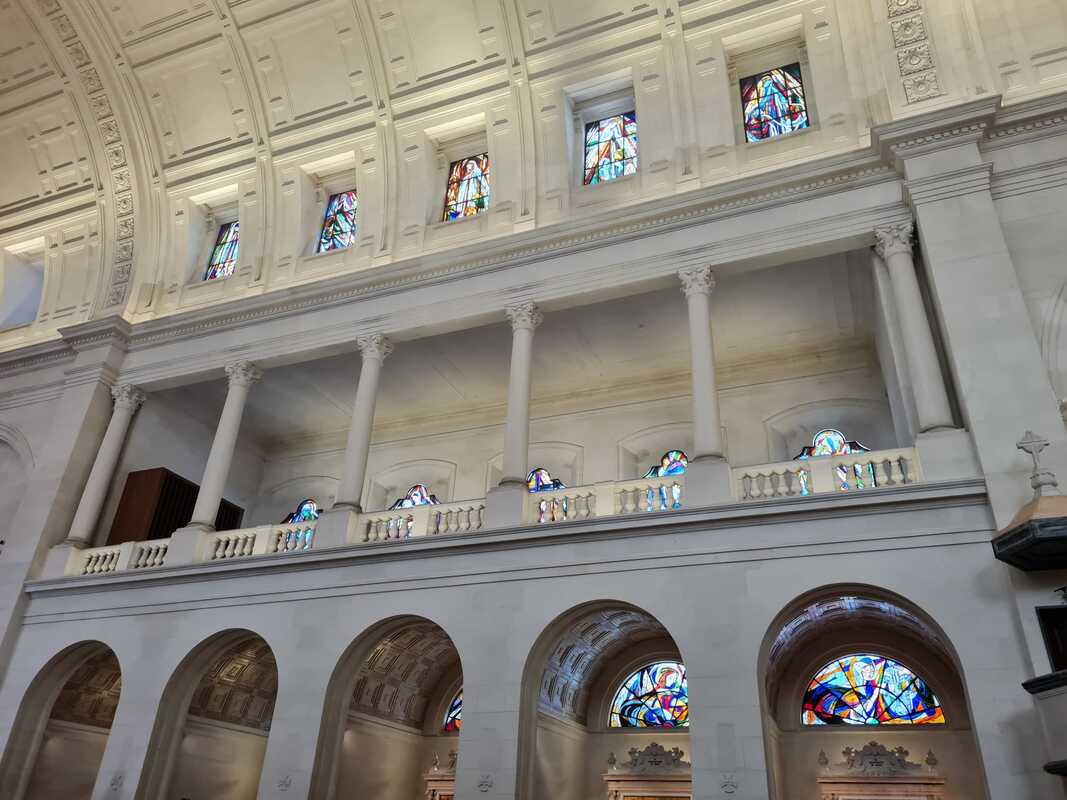
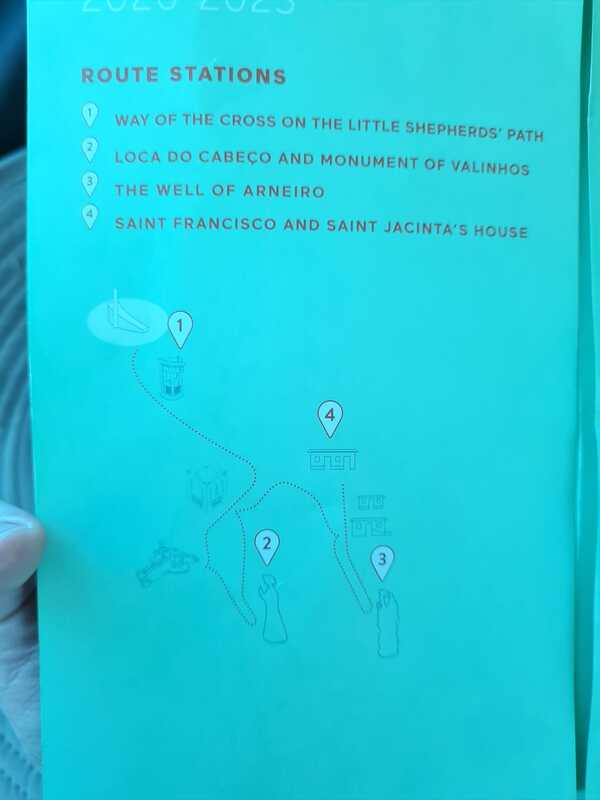
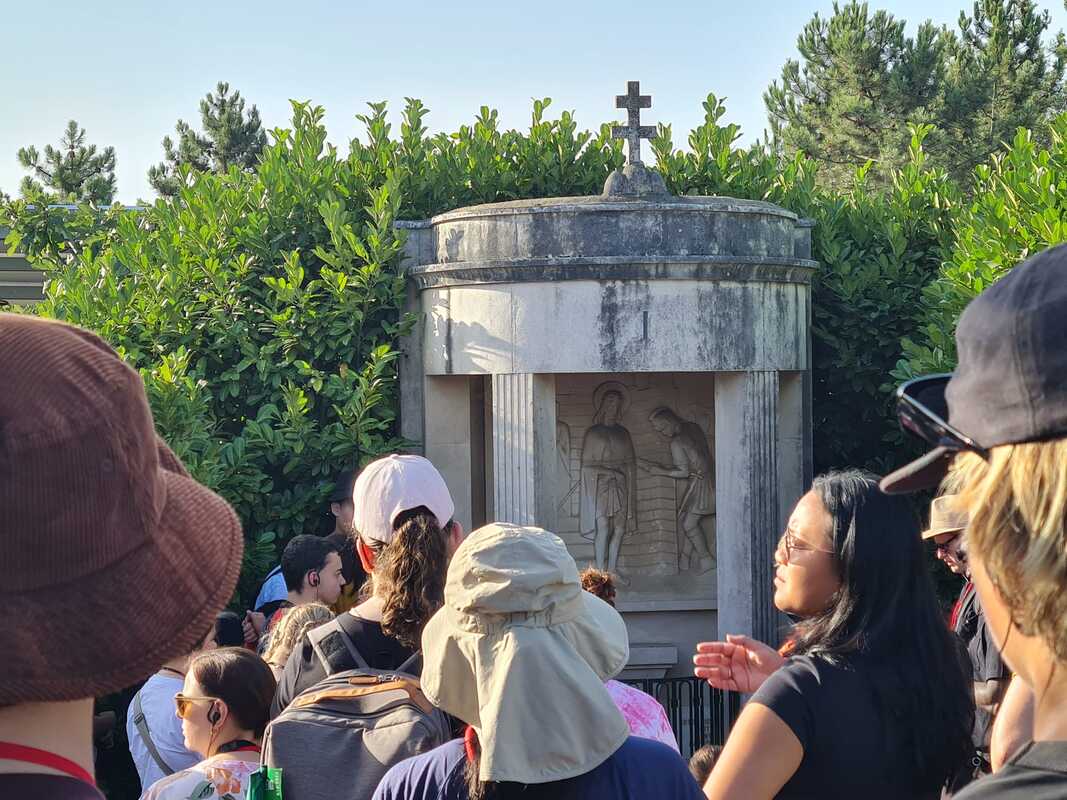
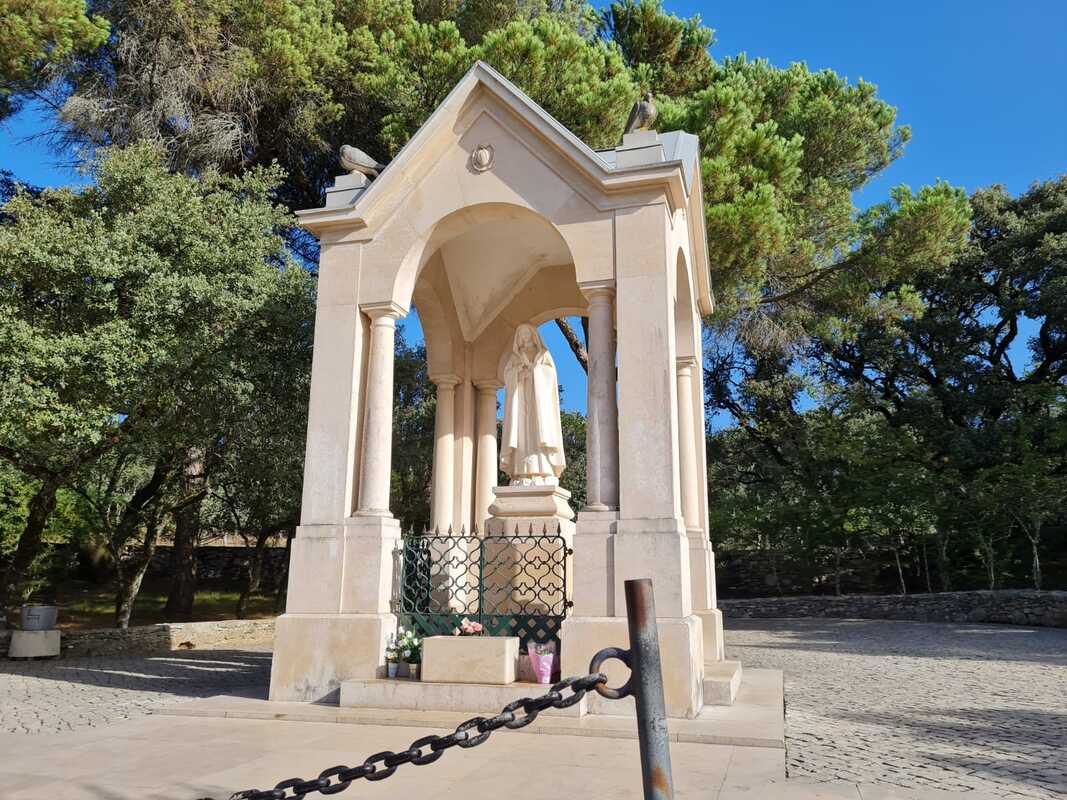
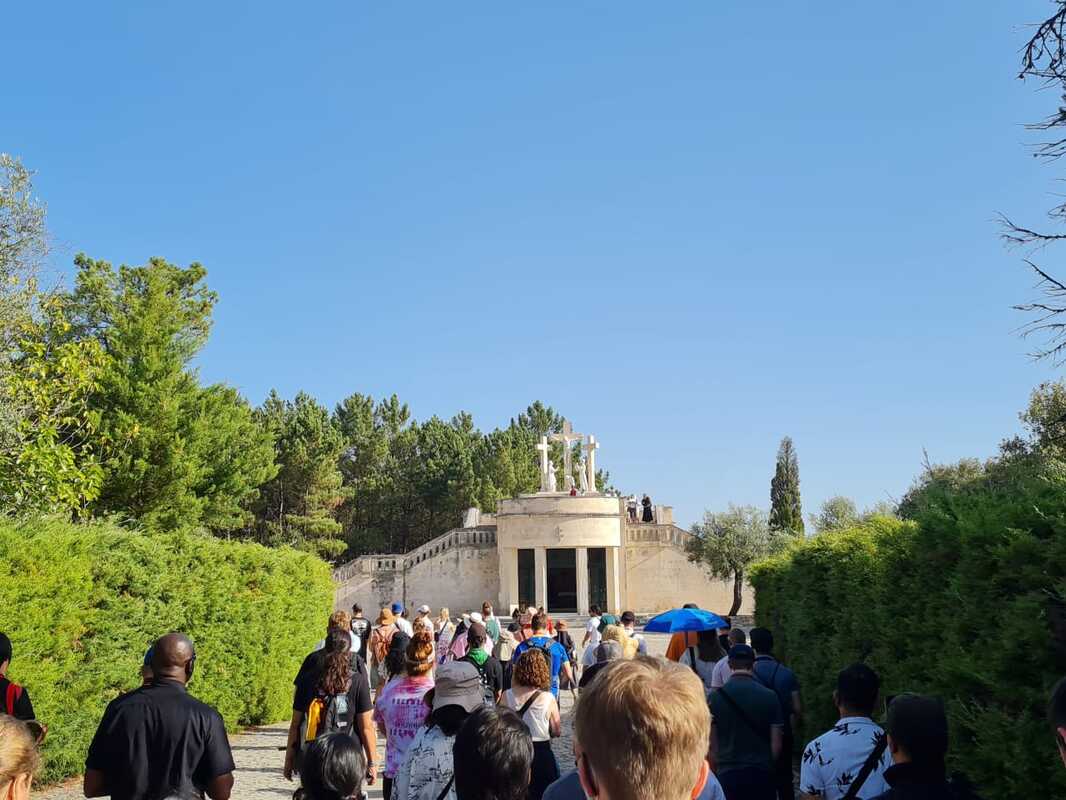
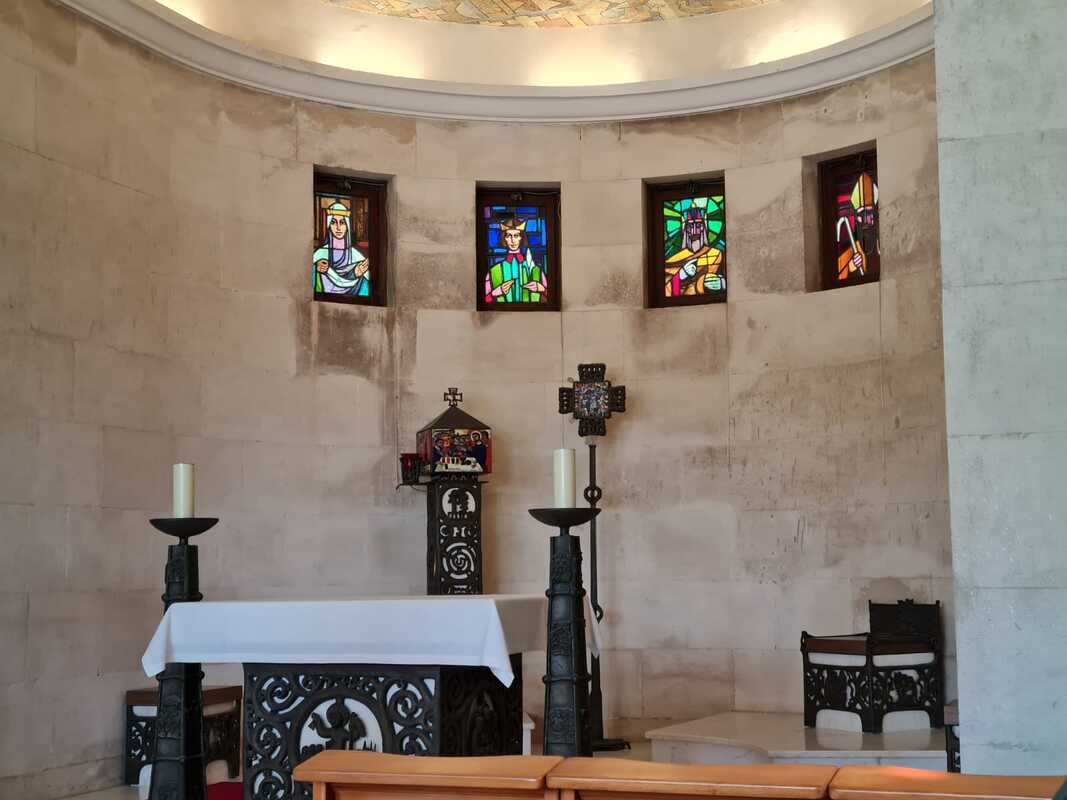
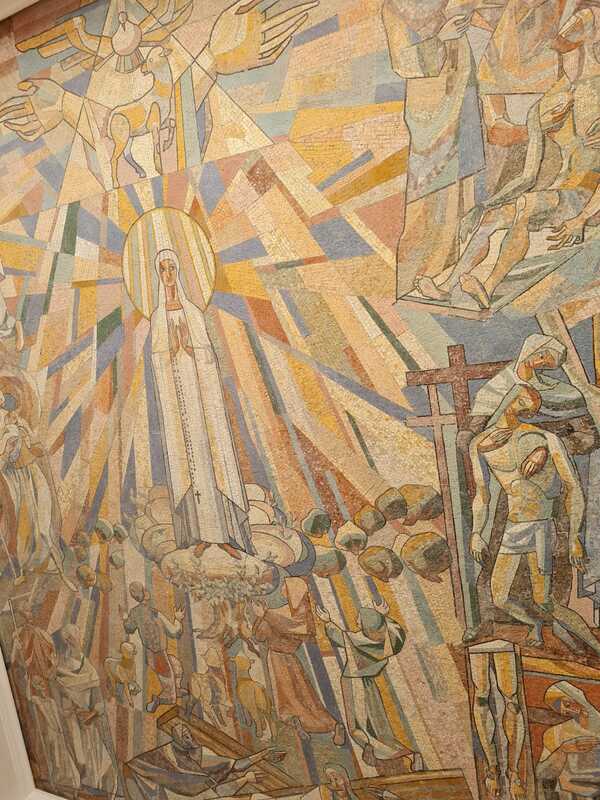
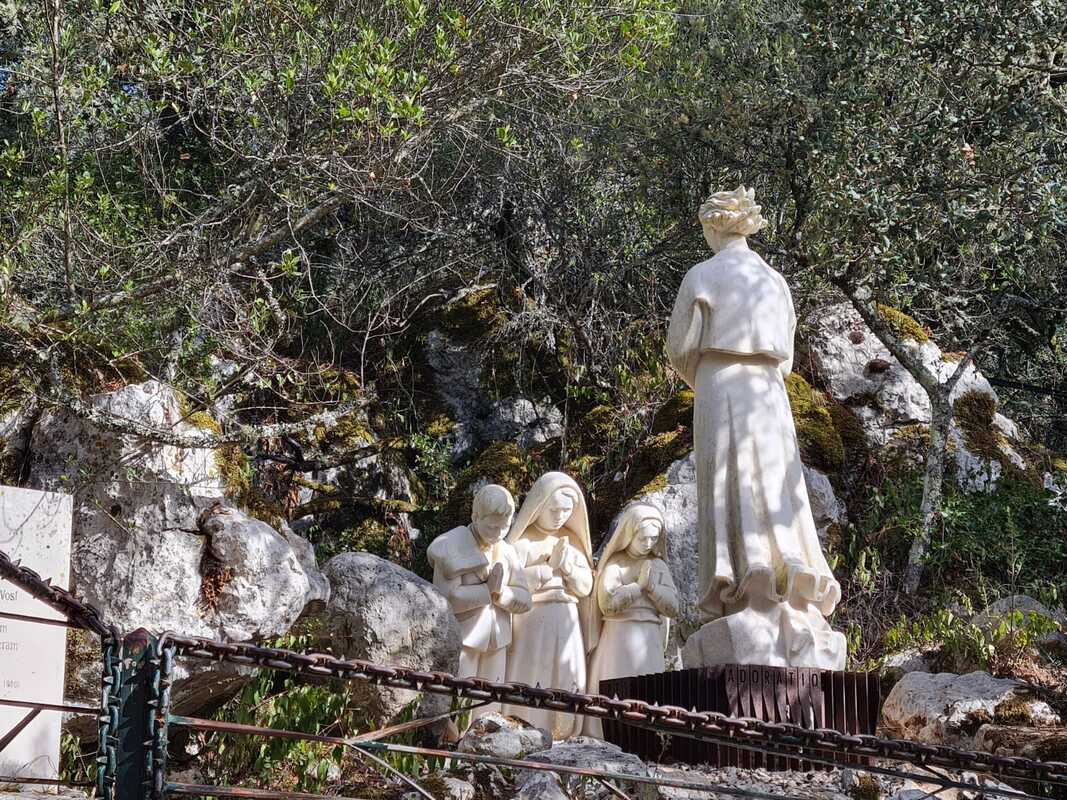
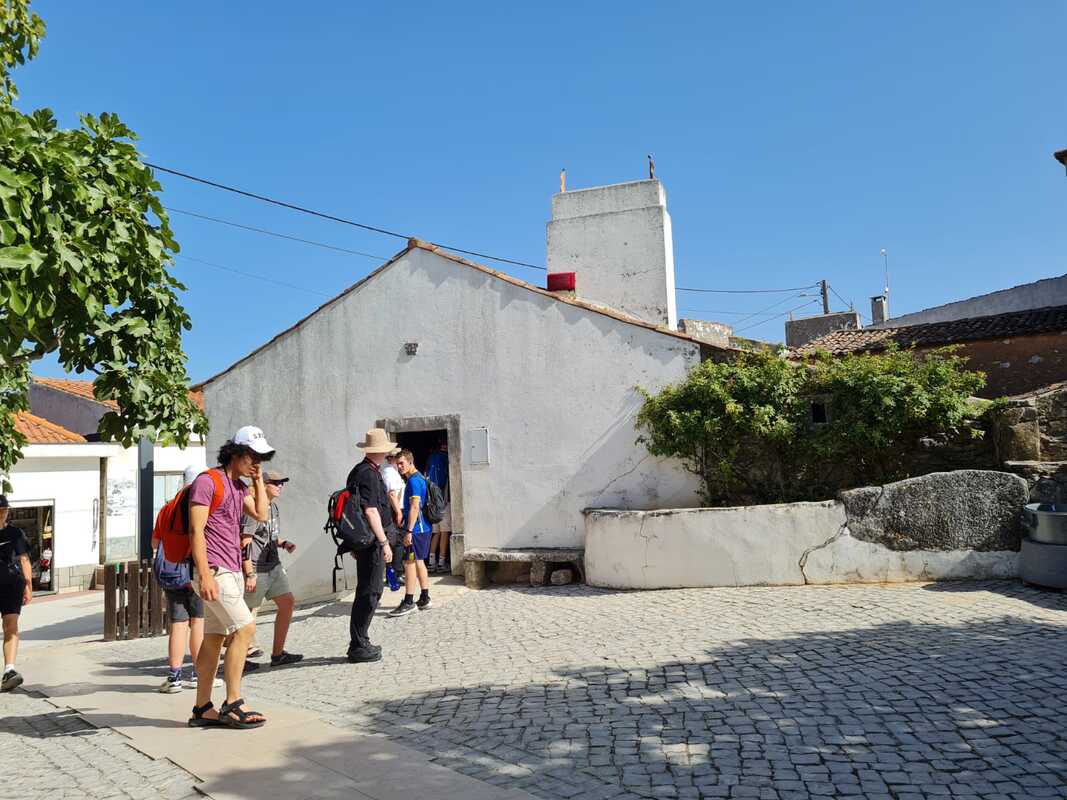
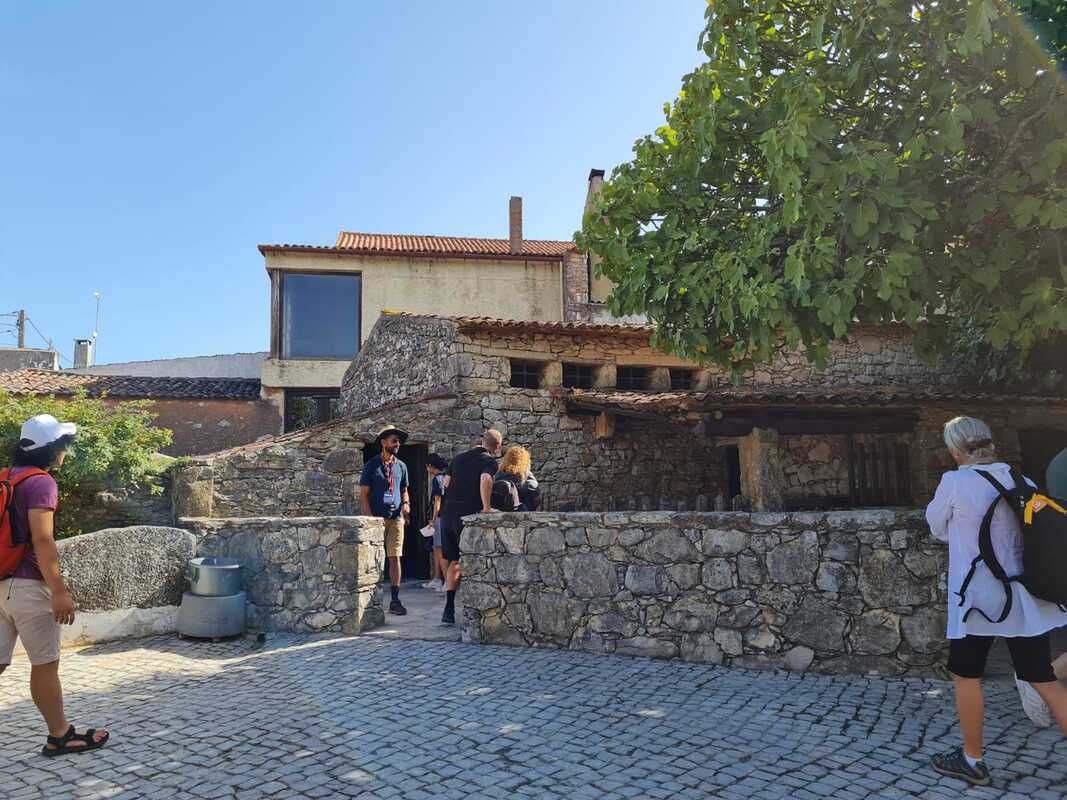
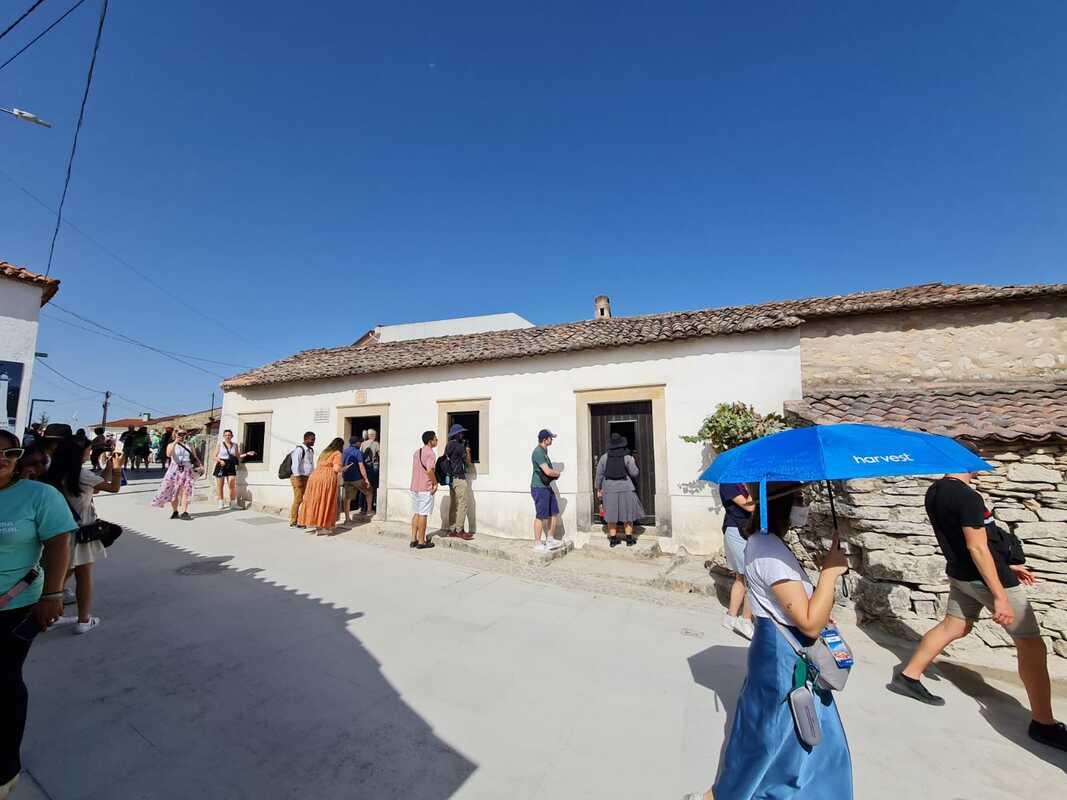
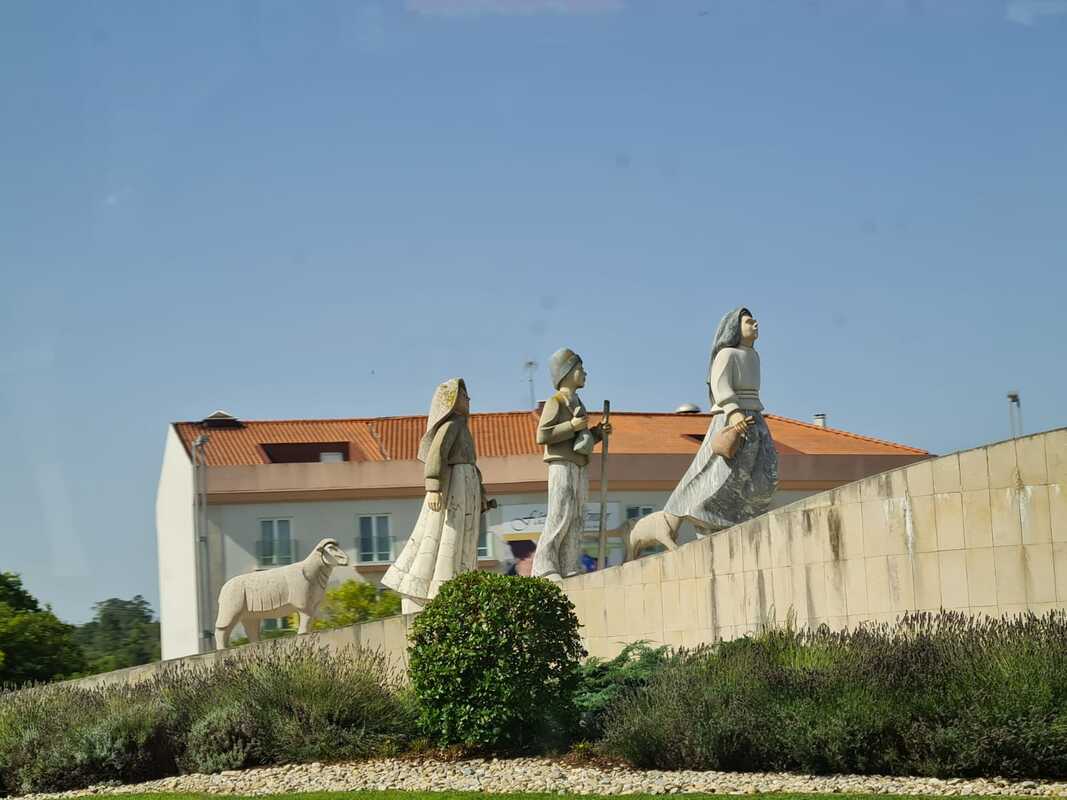
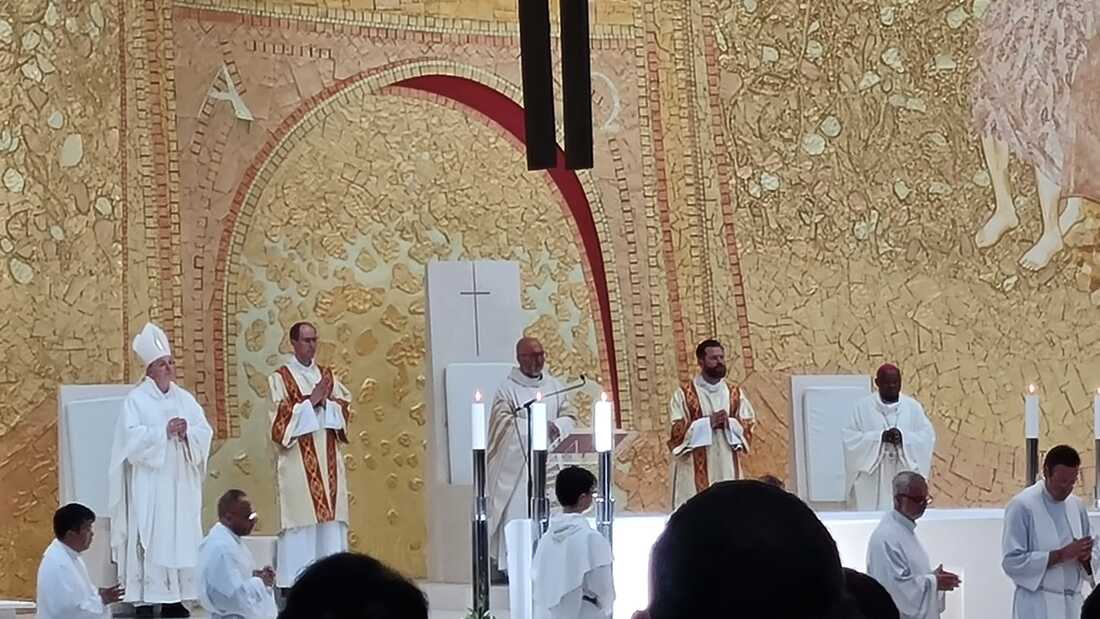
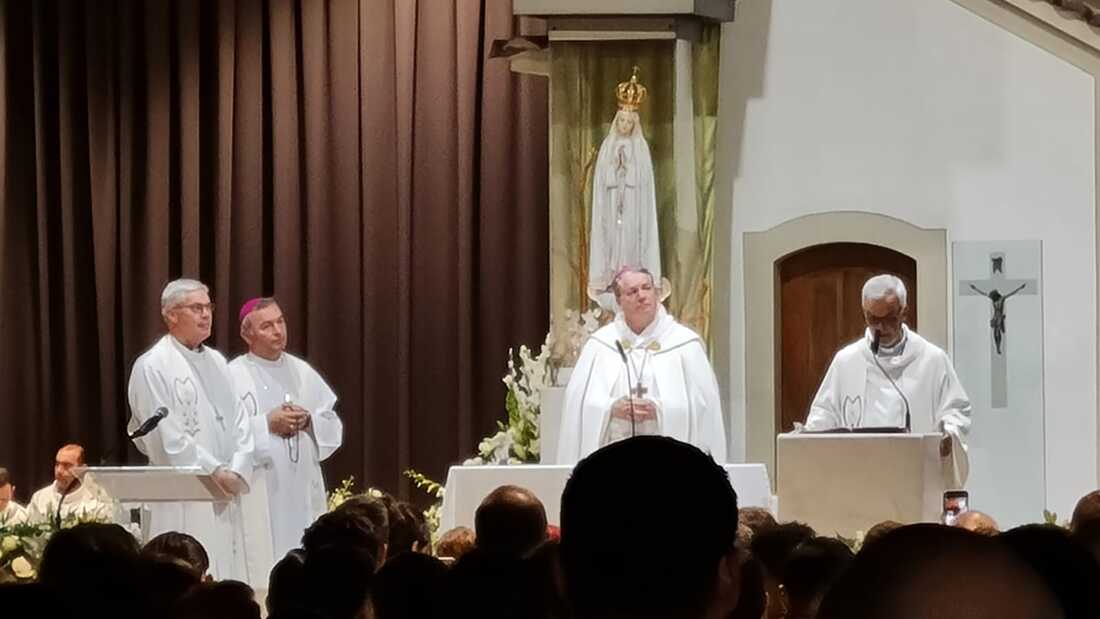
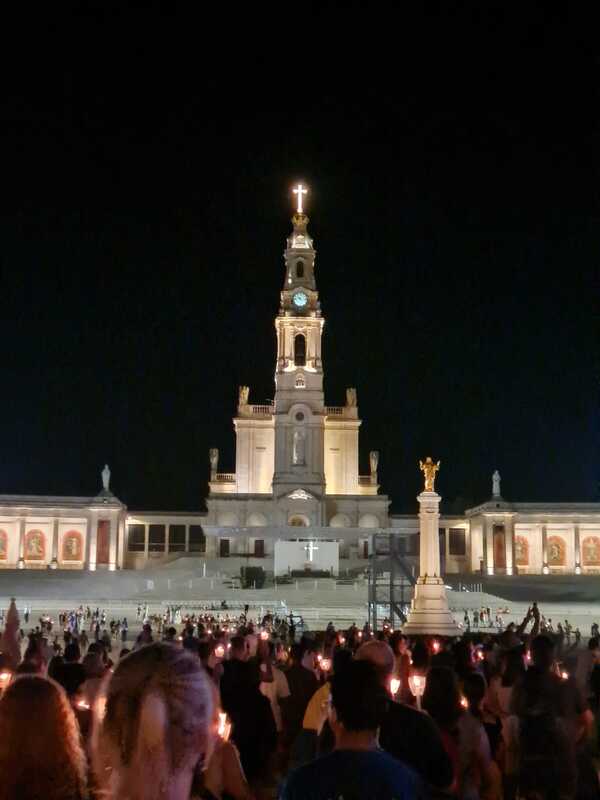
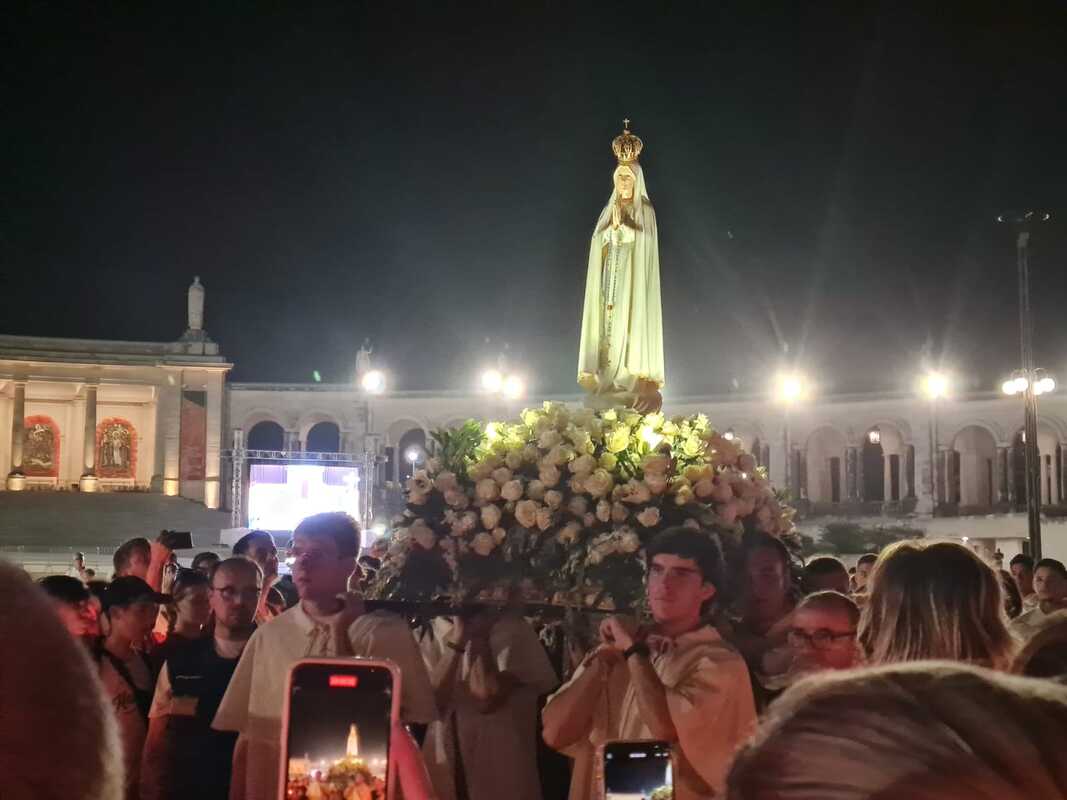
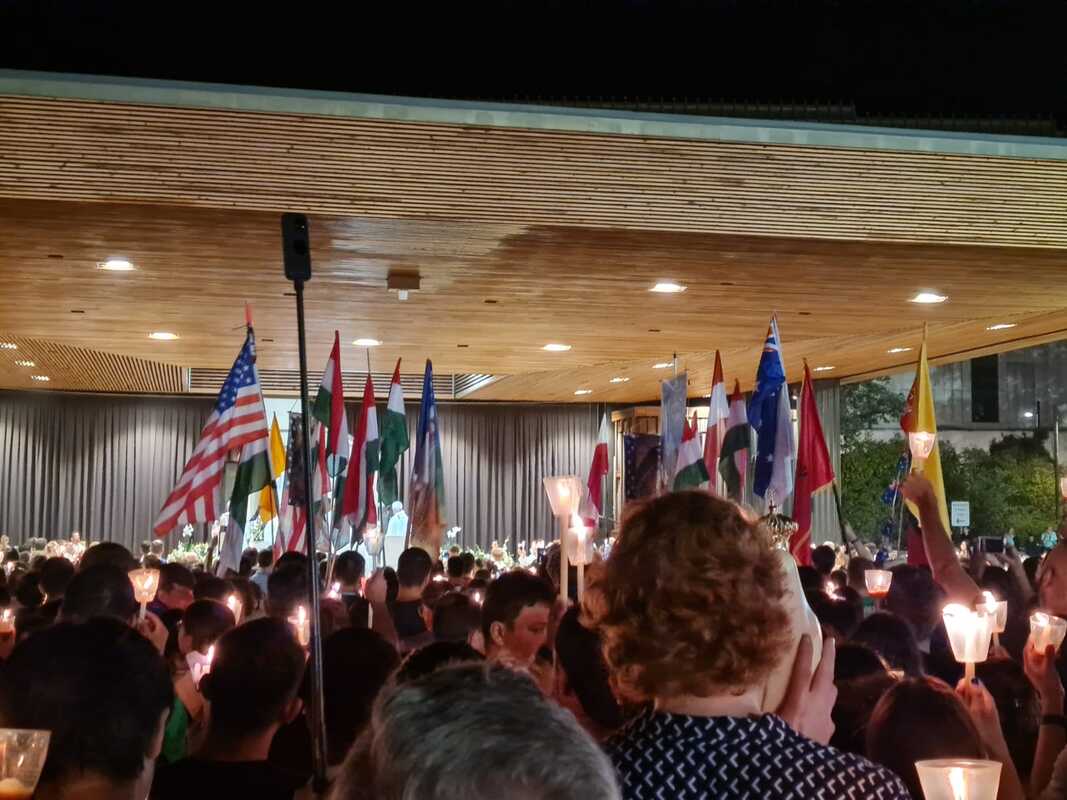
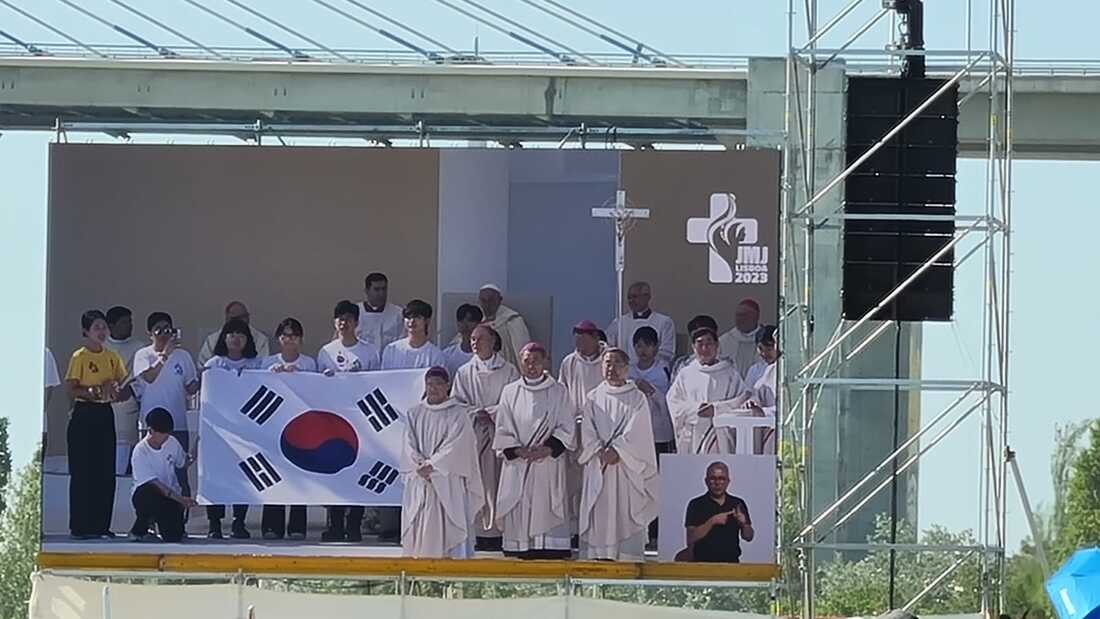
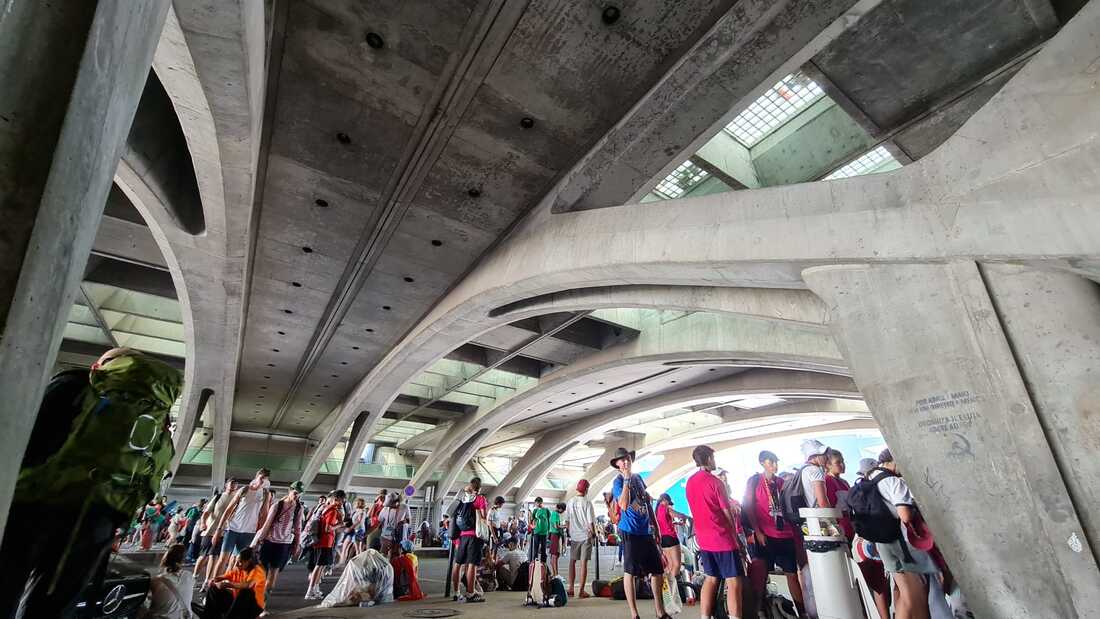
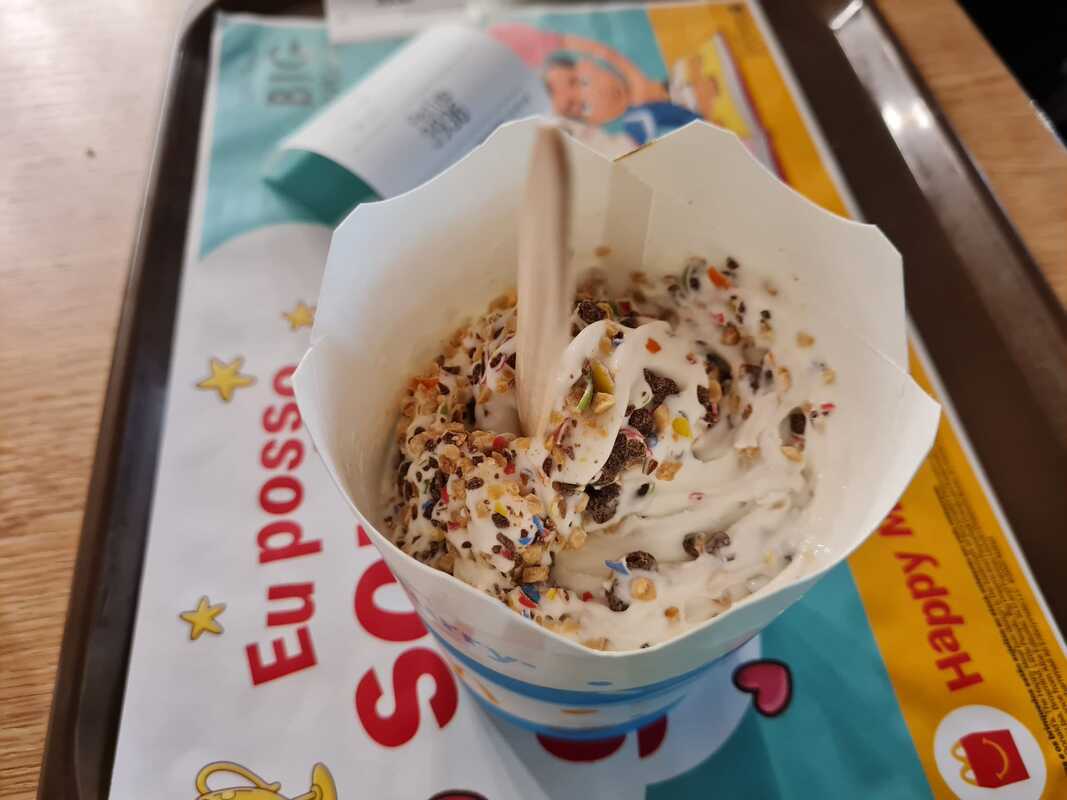
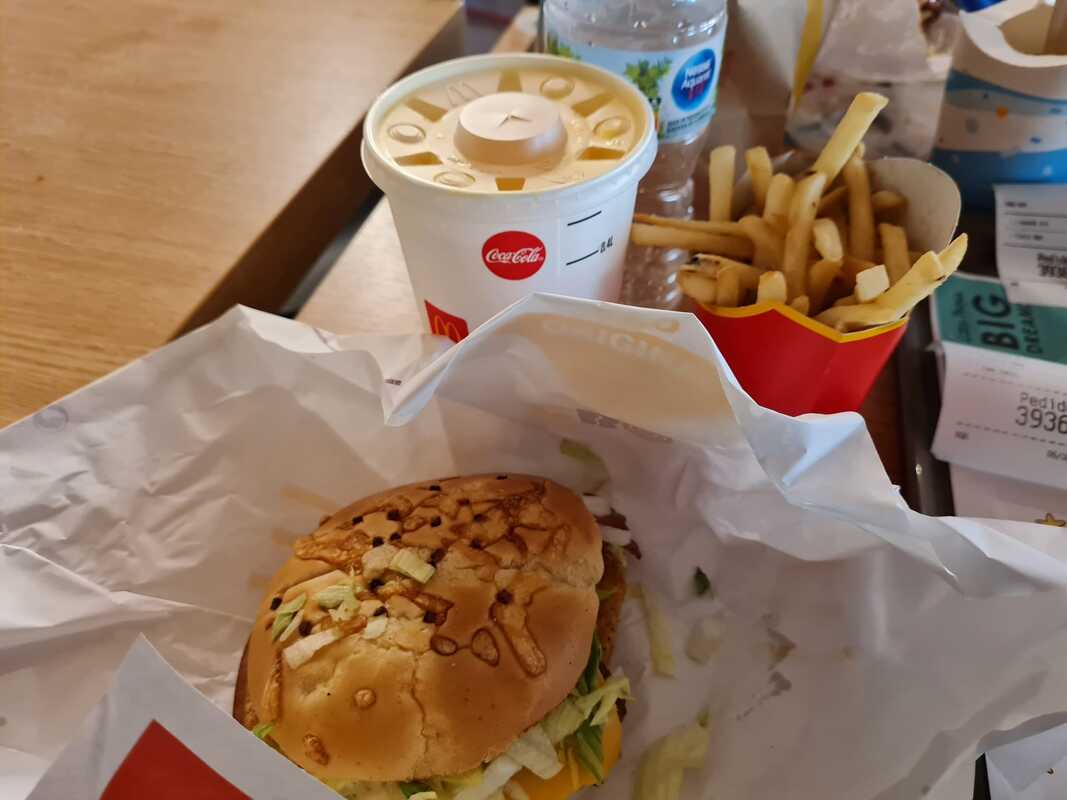
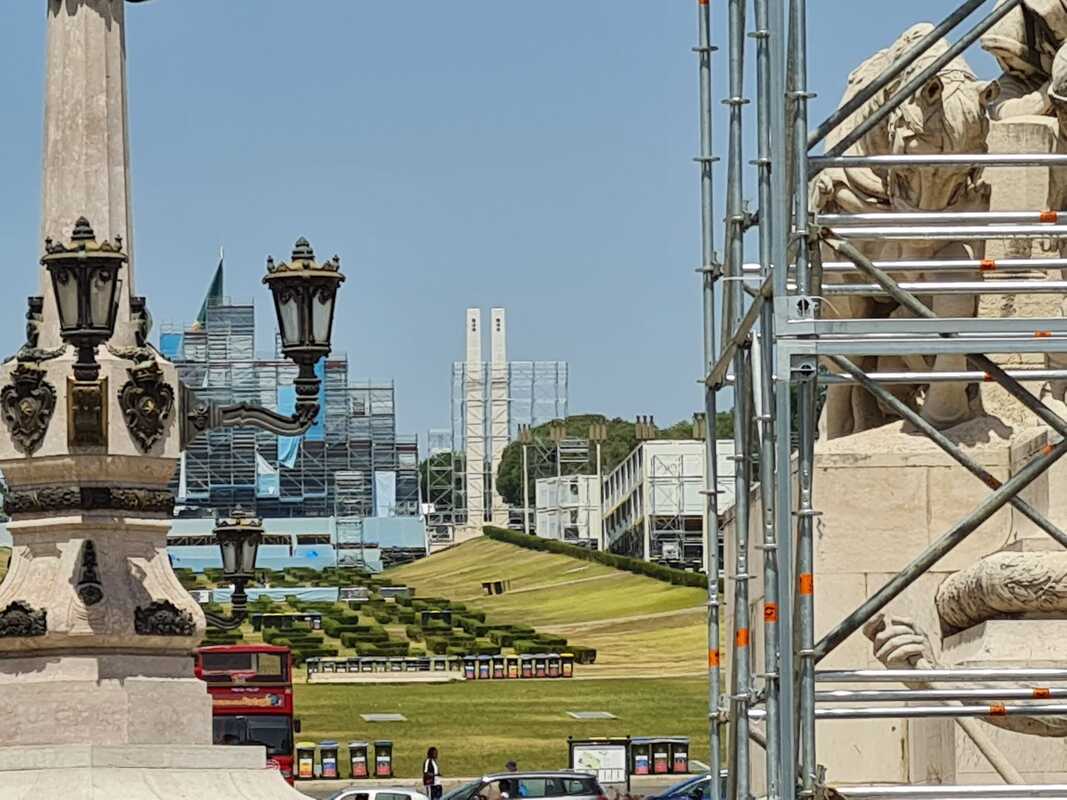
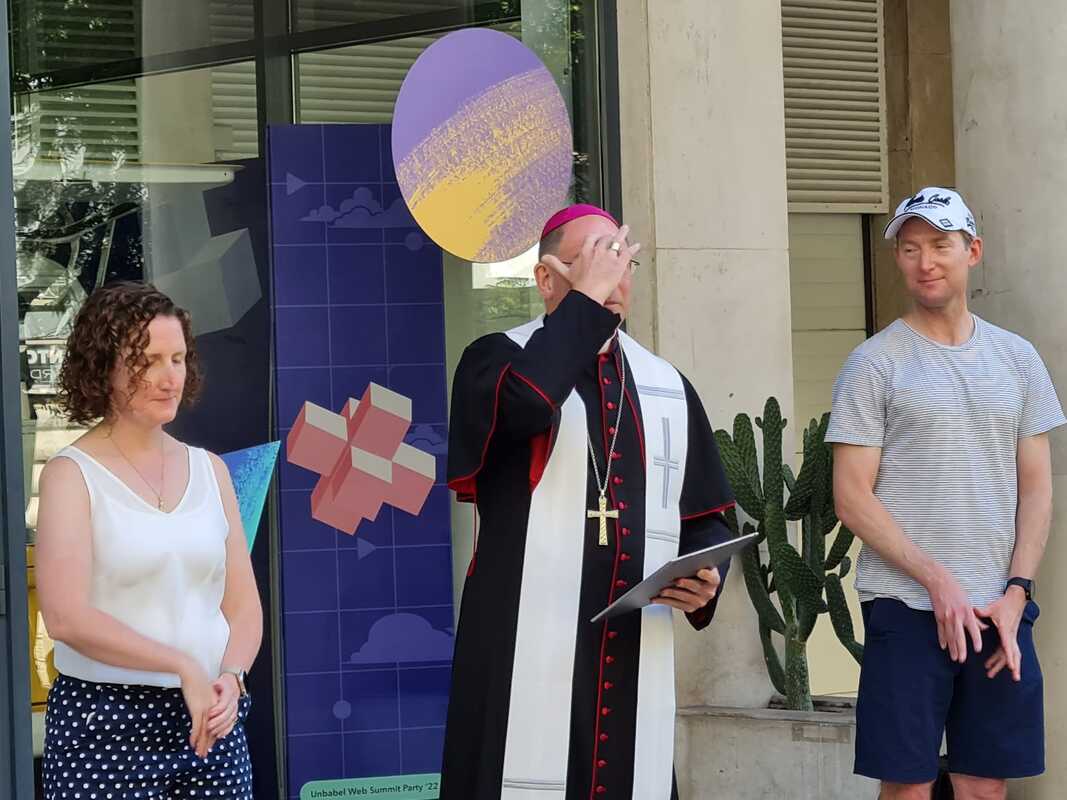

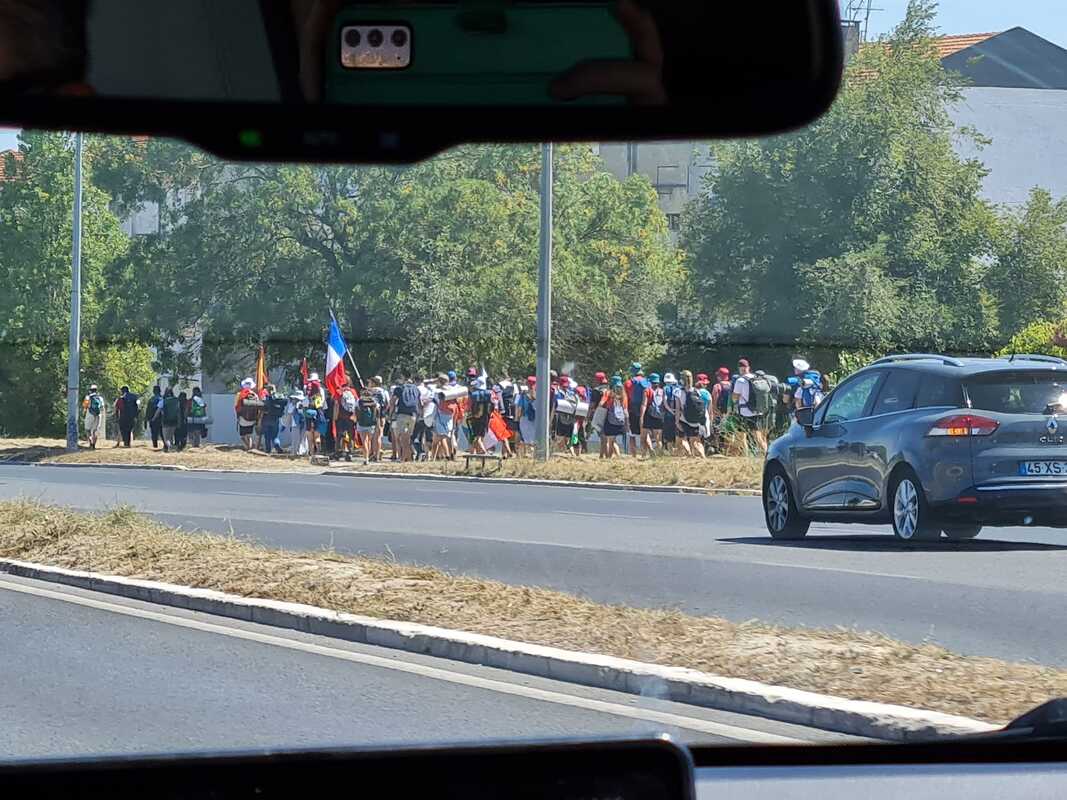
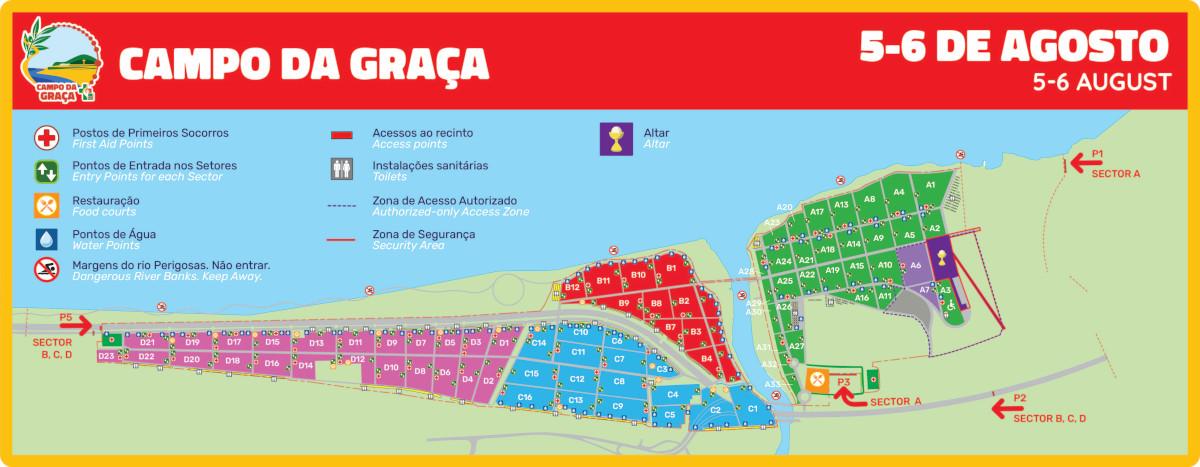
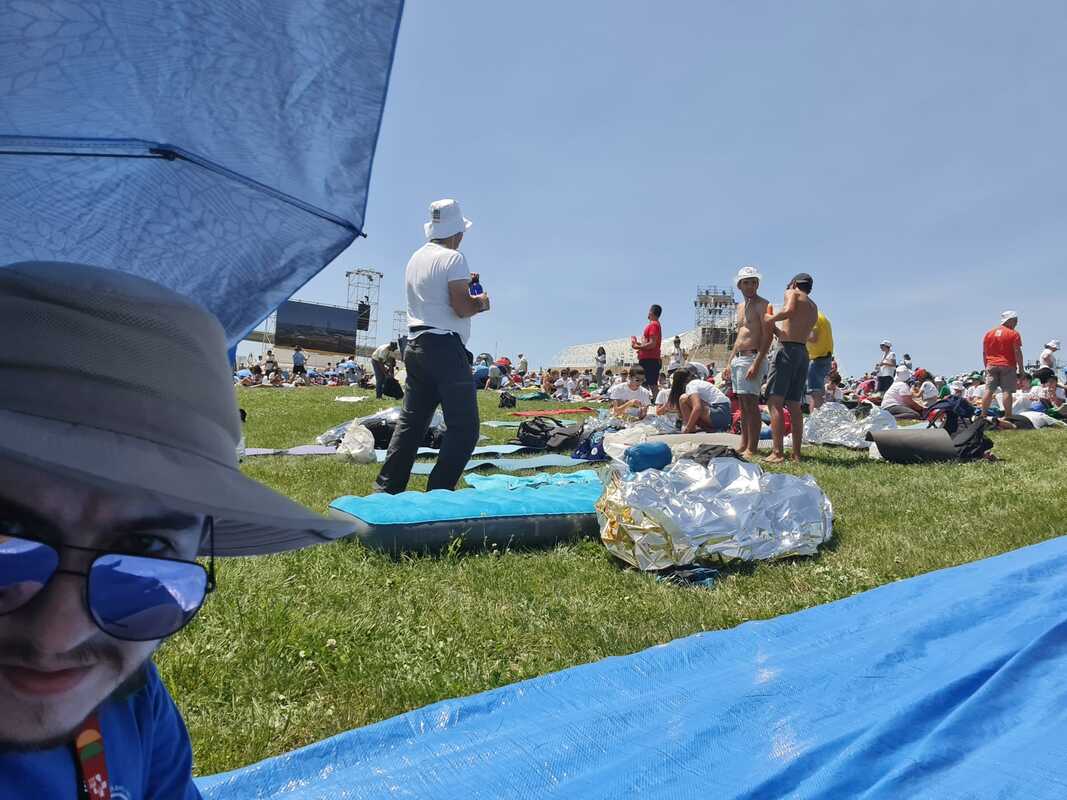

 RSS Feed
RSS Feed